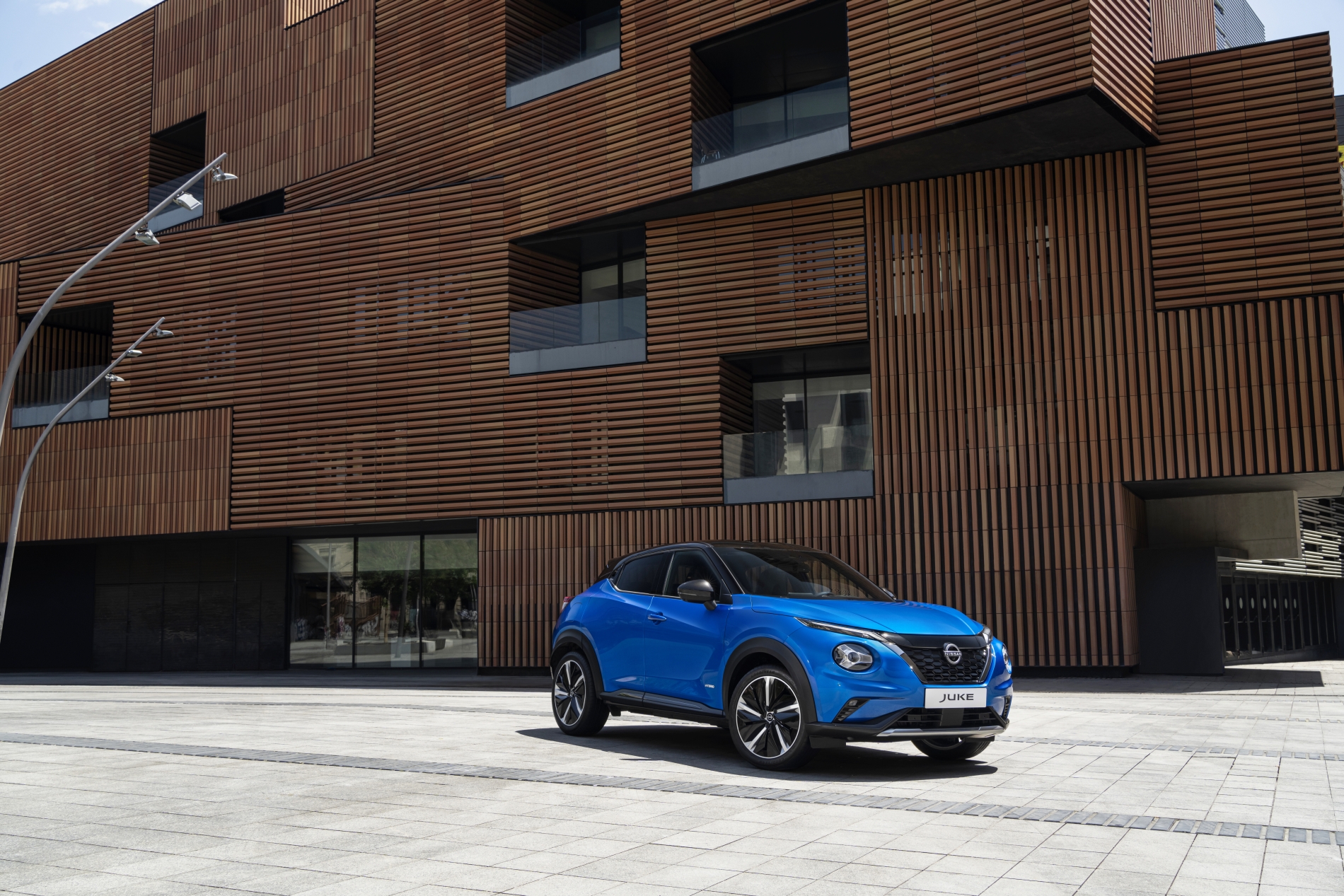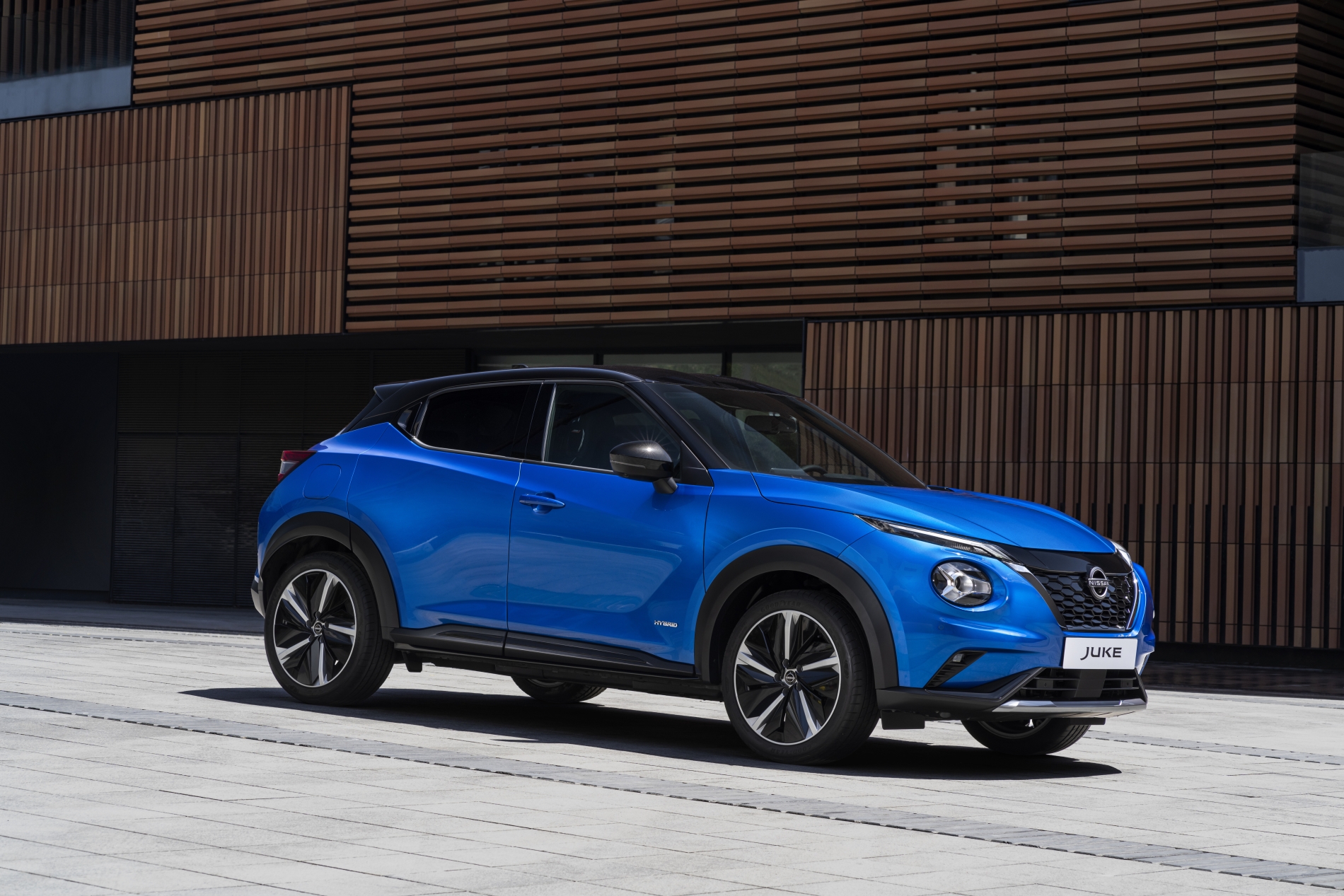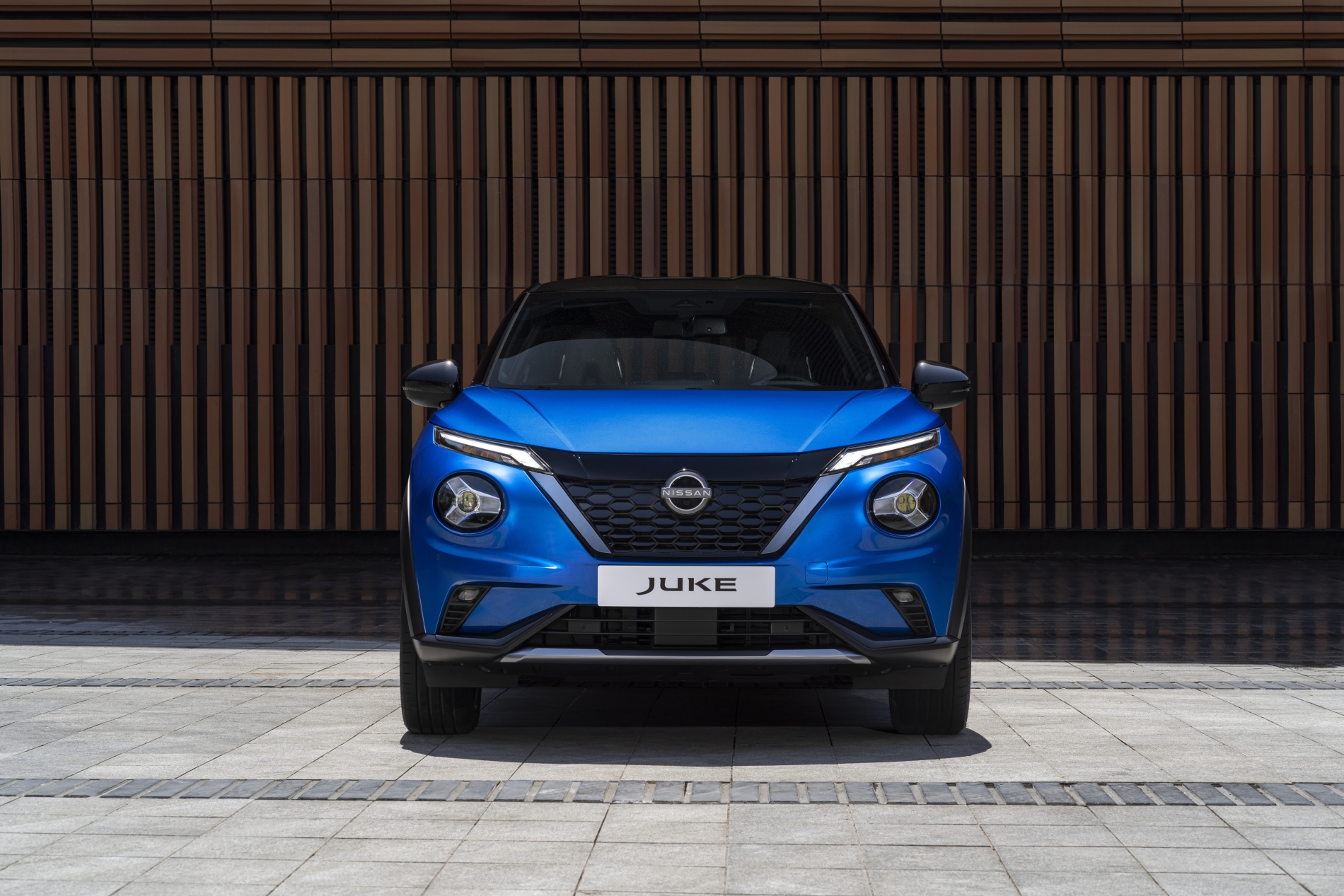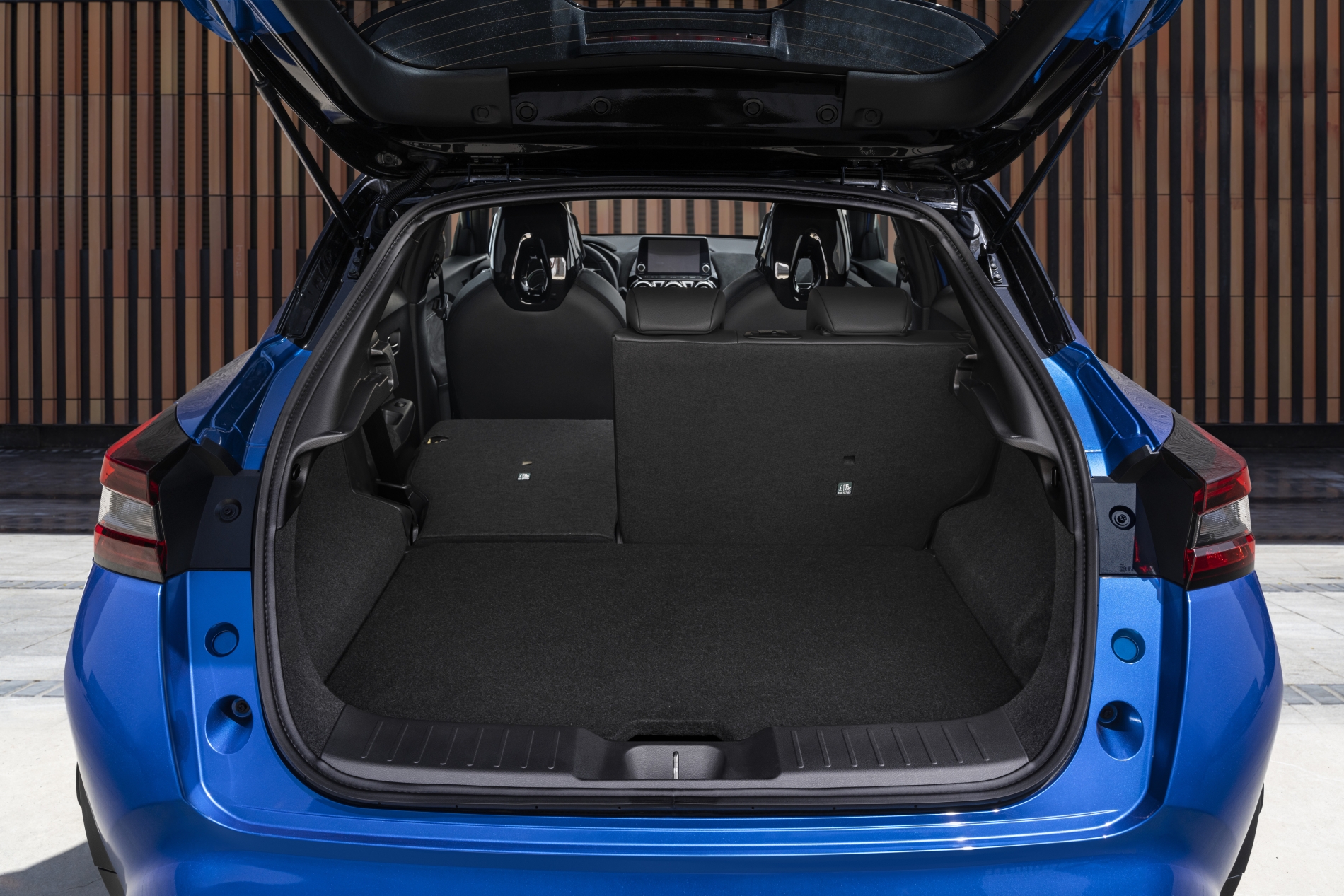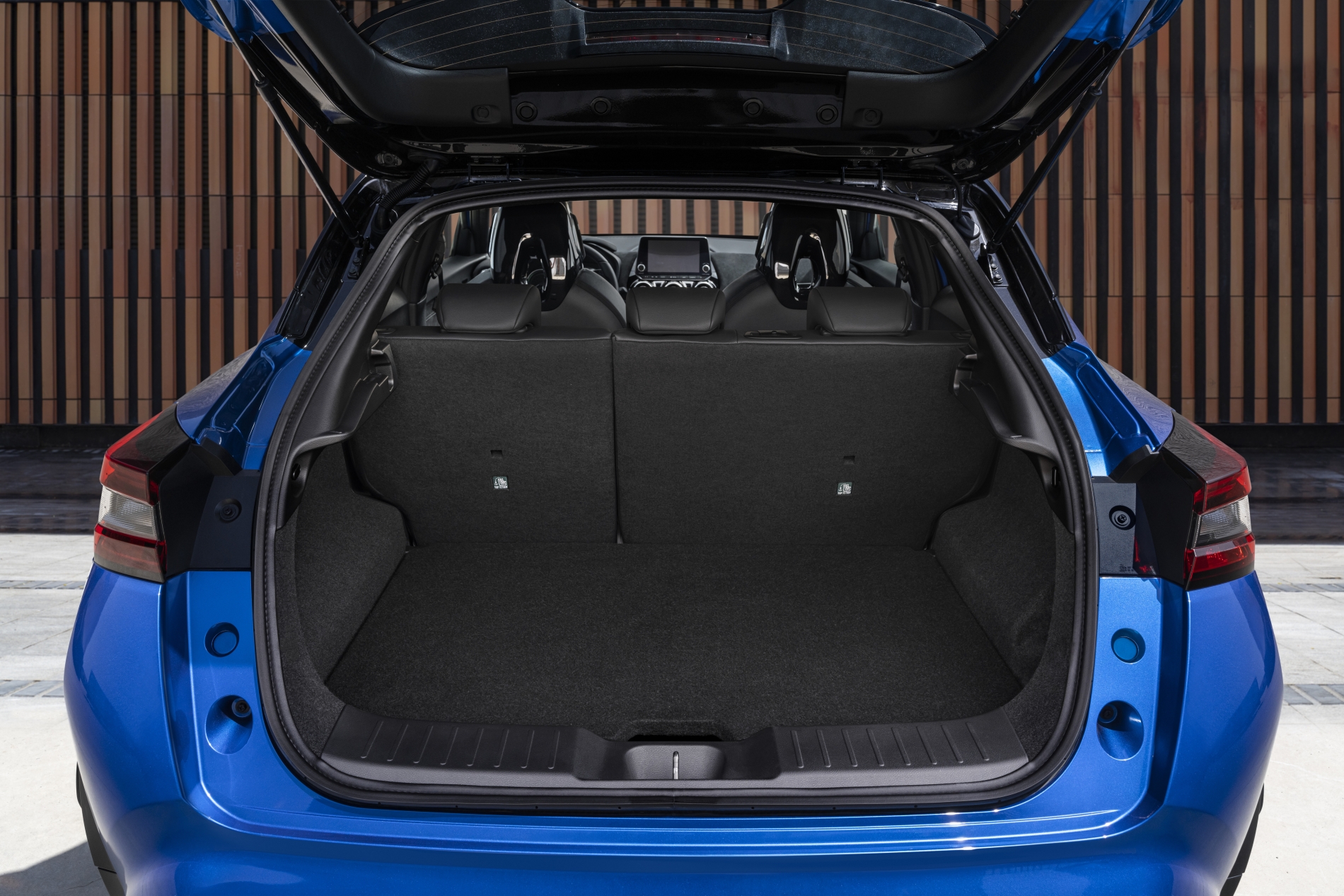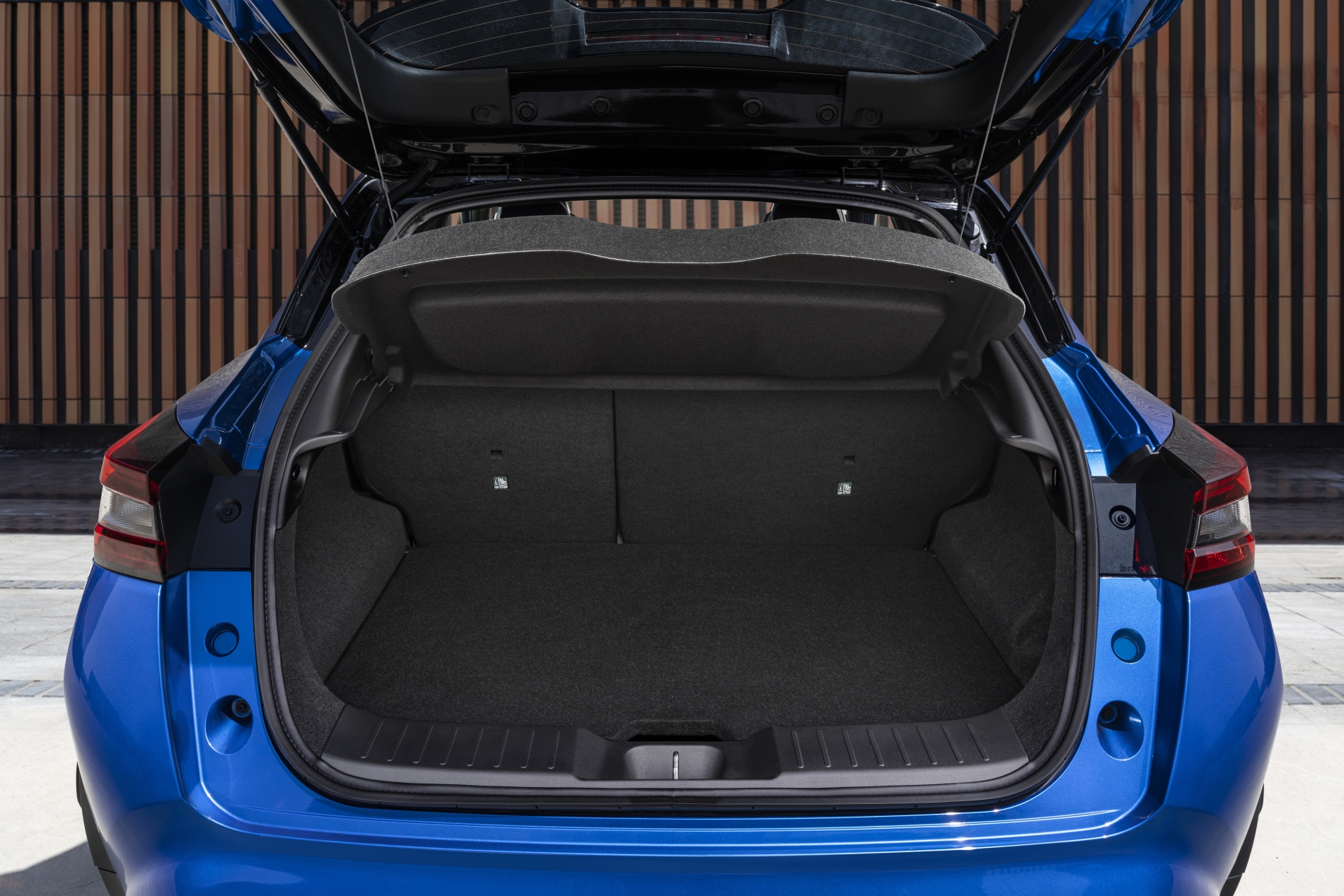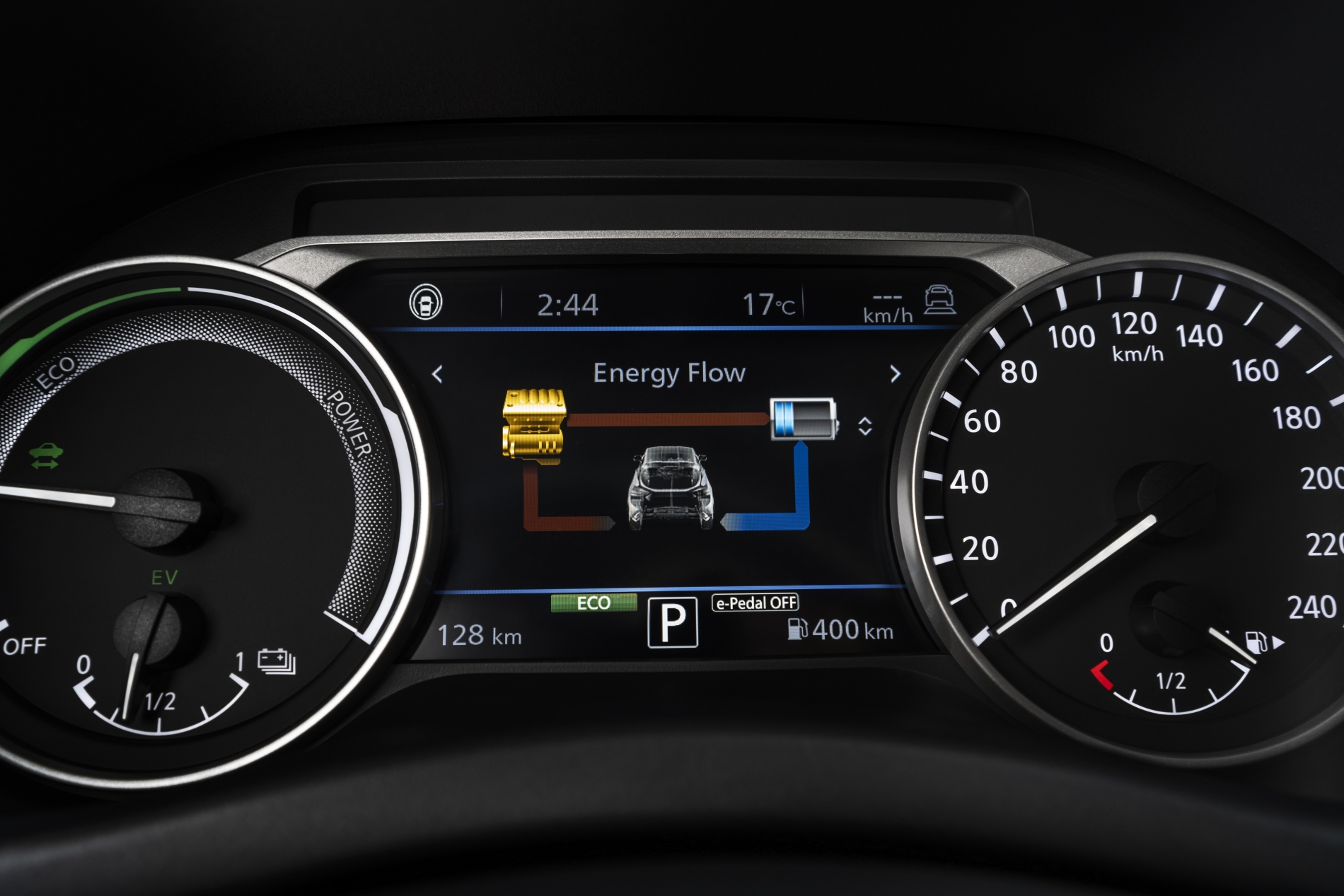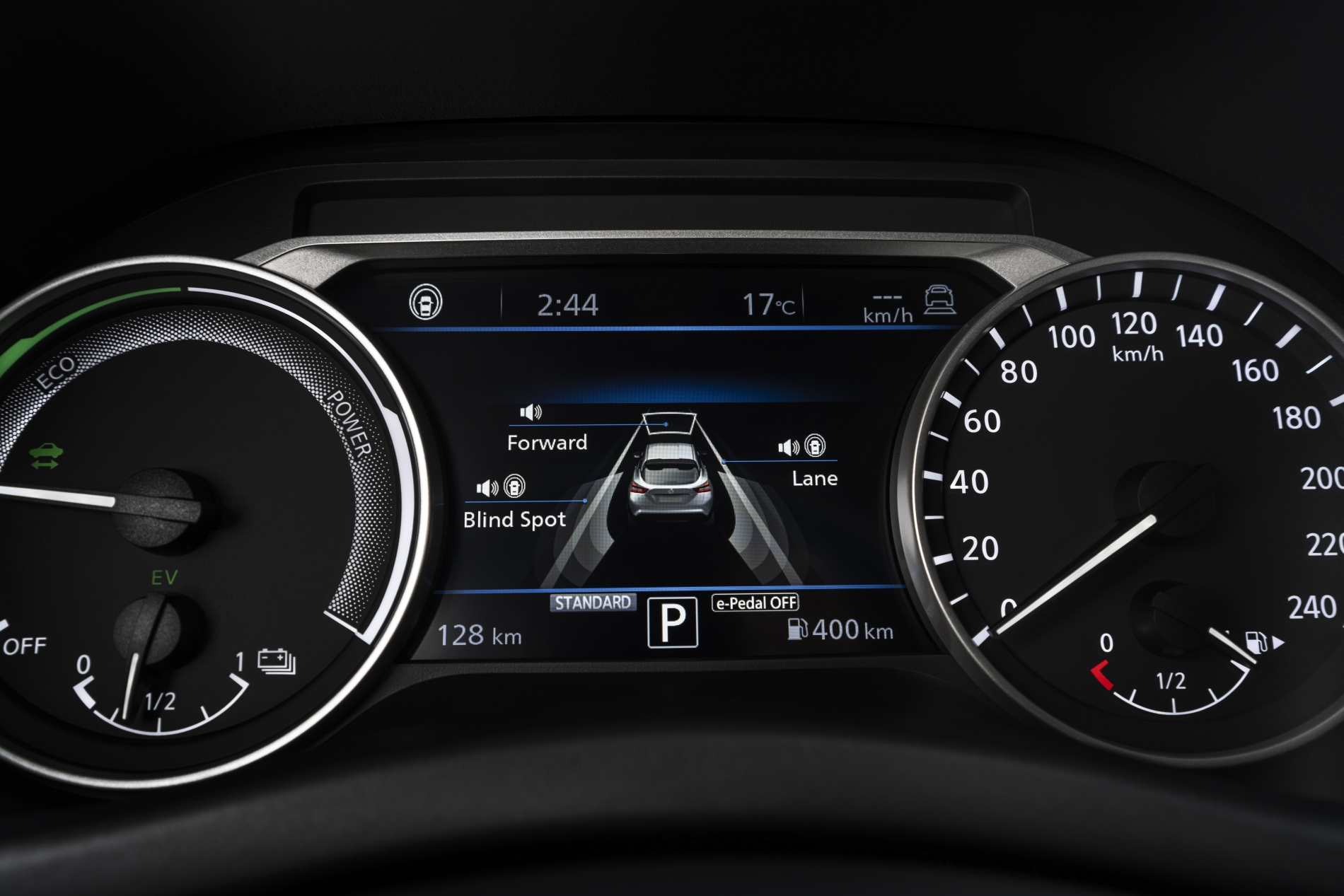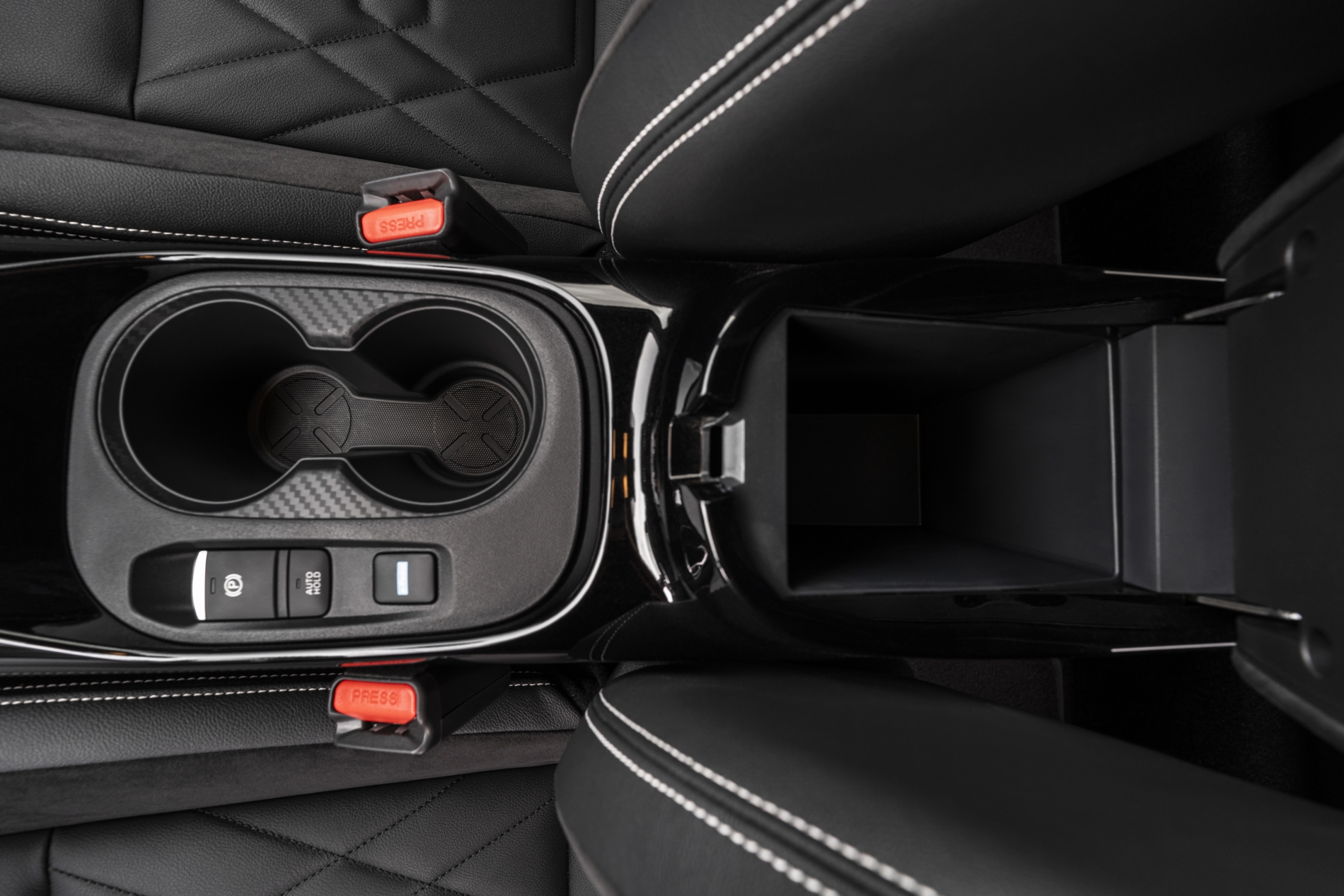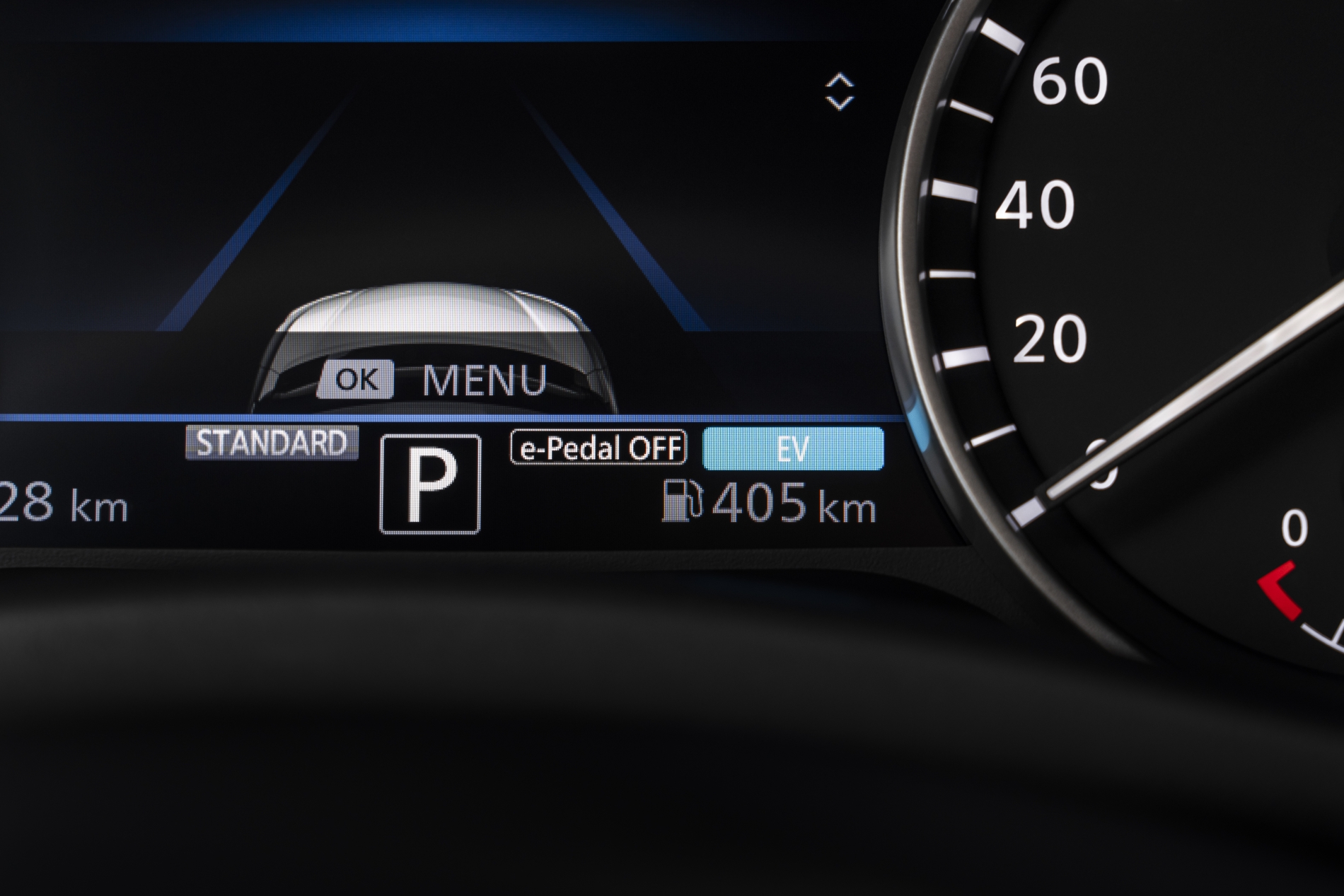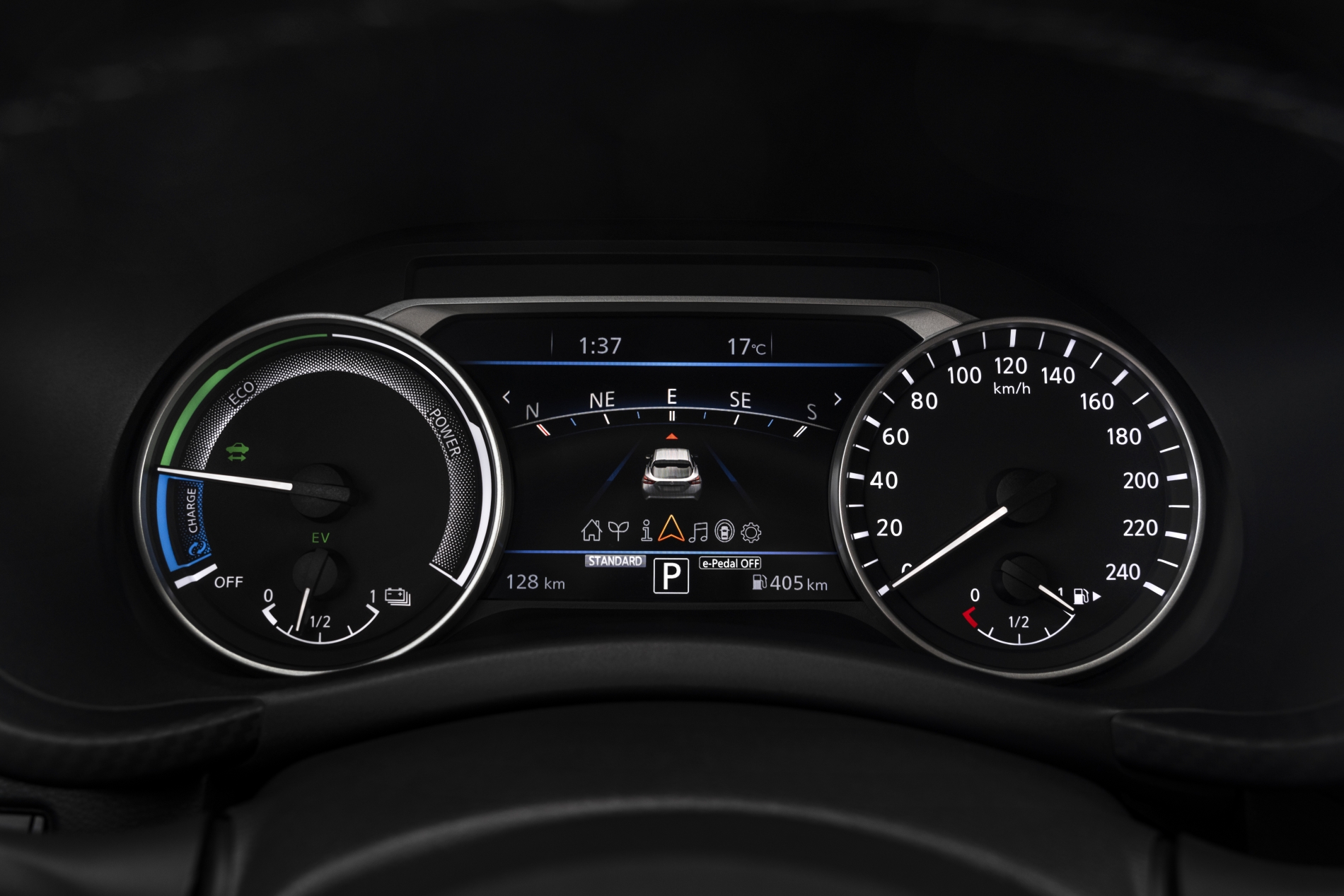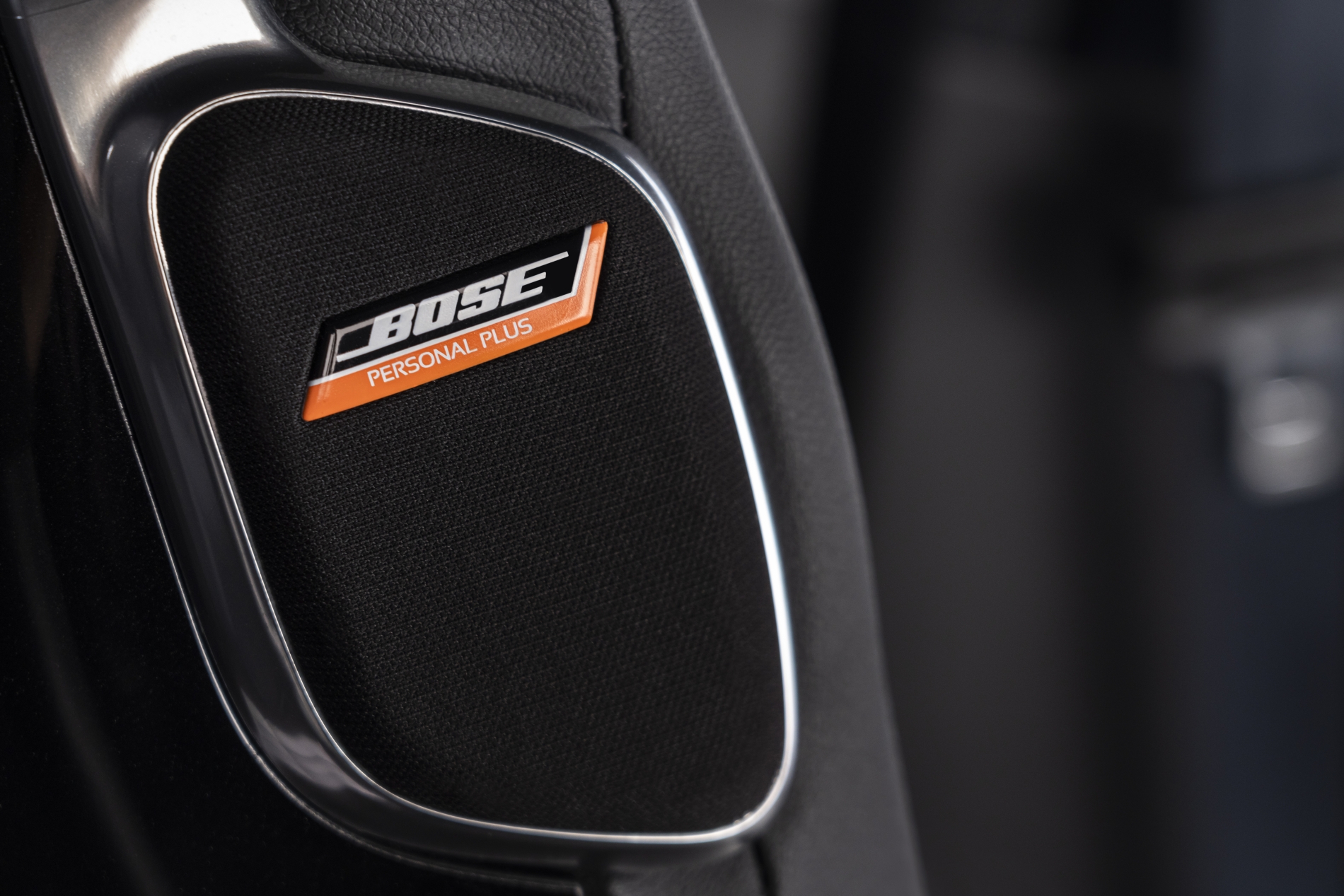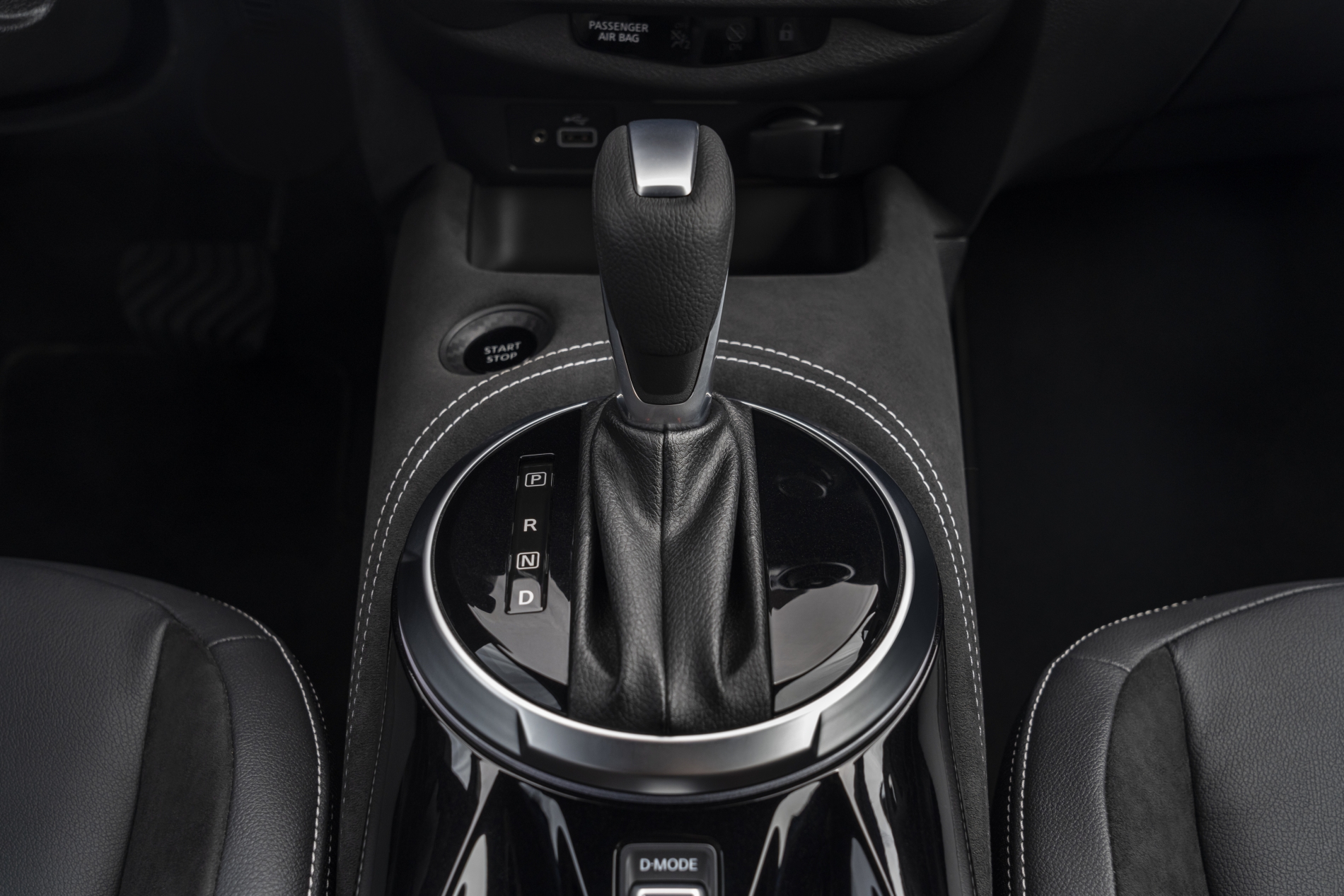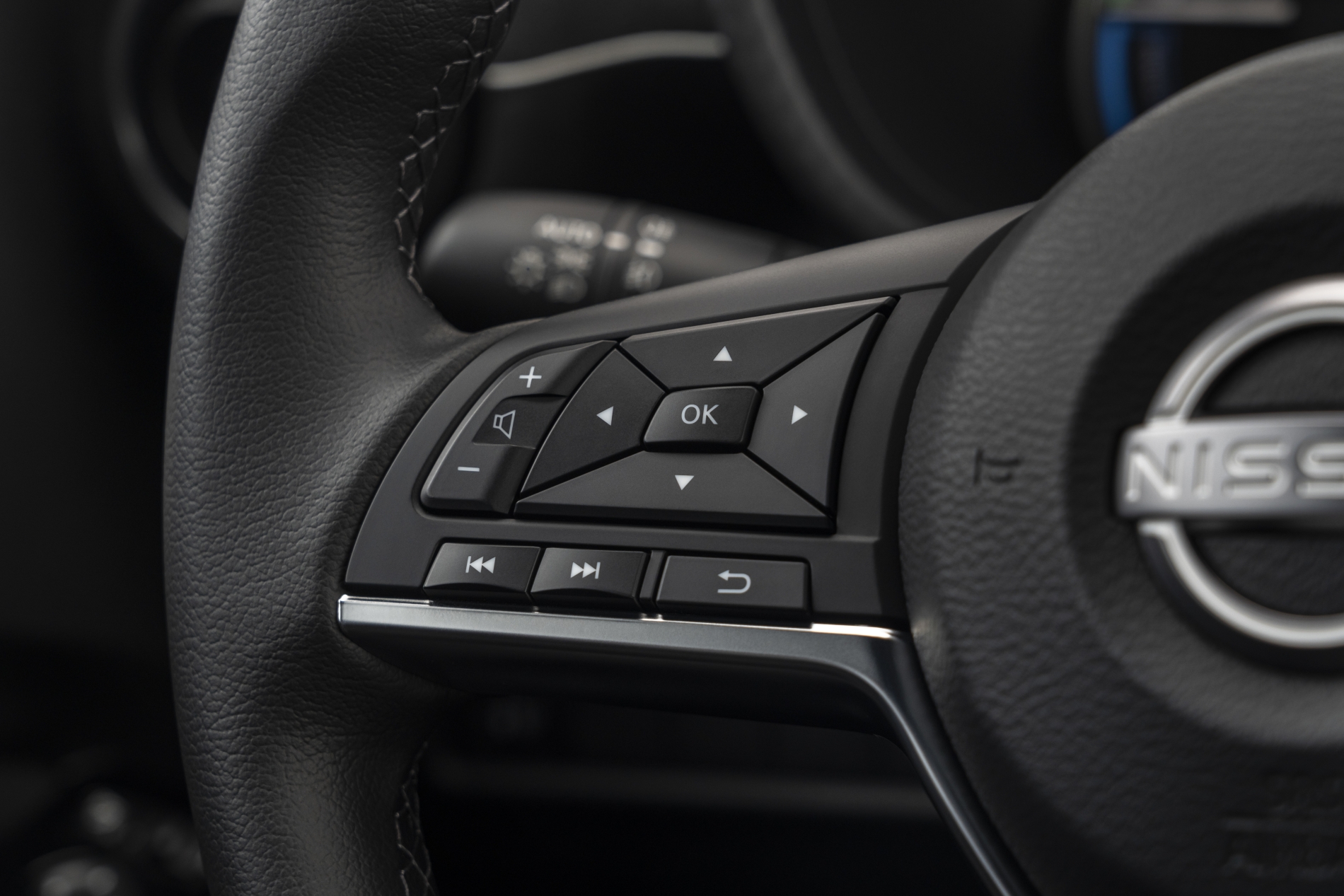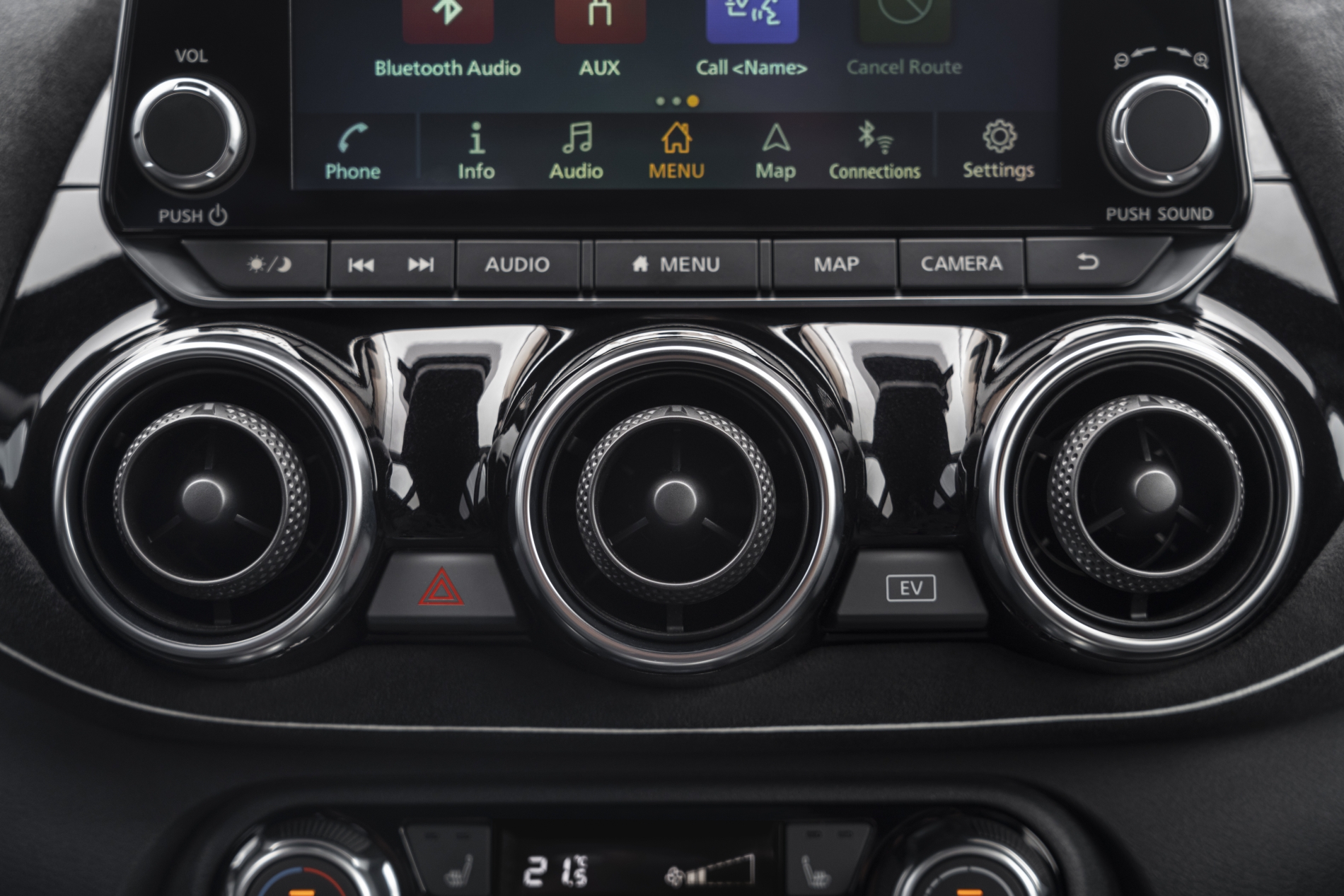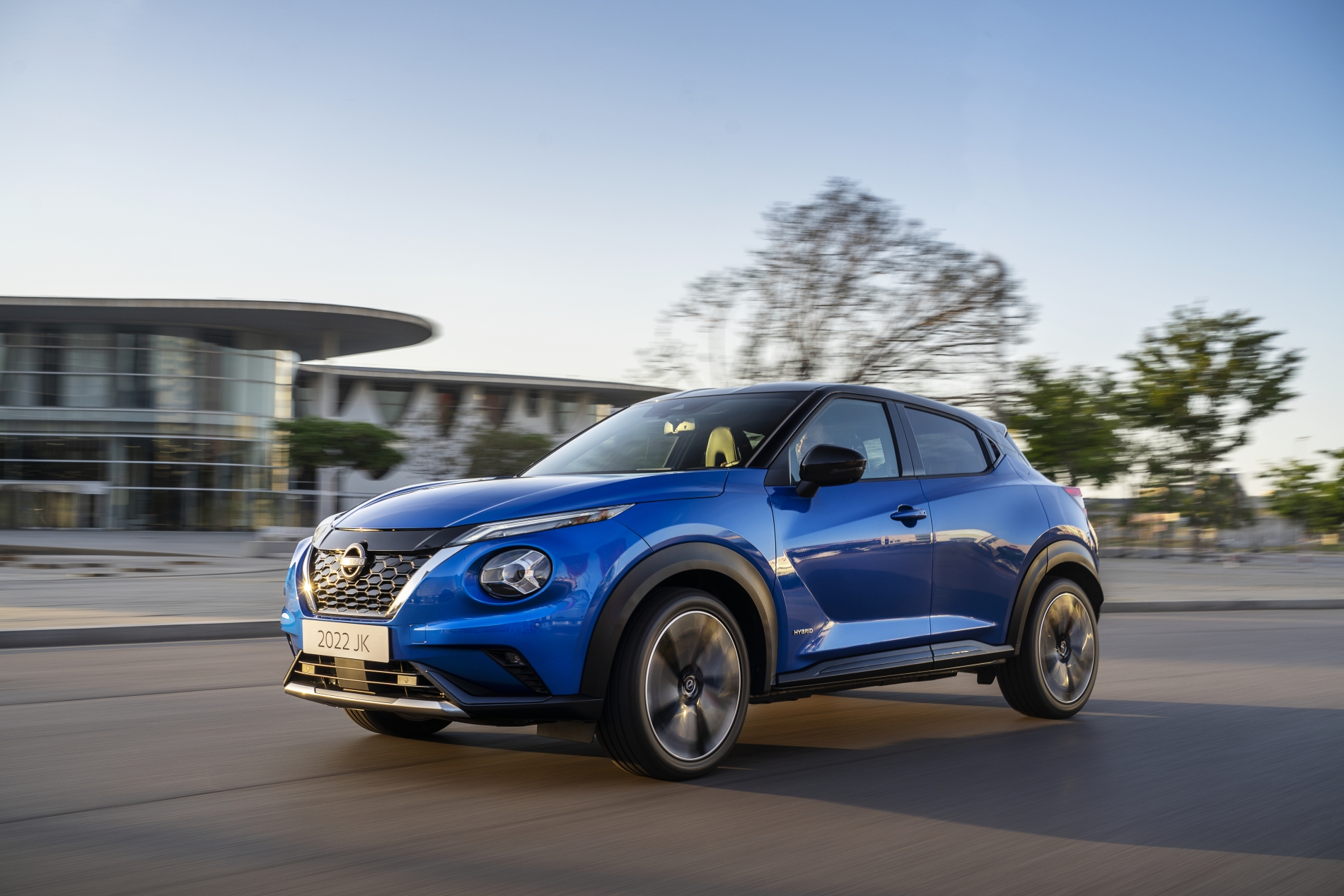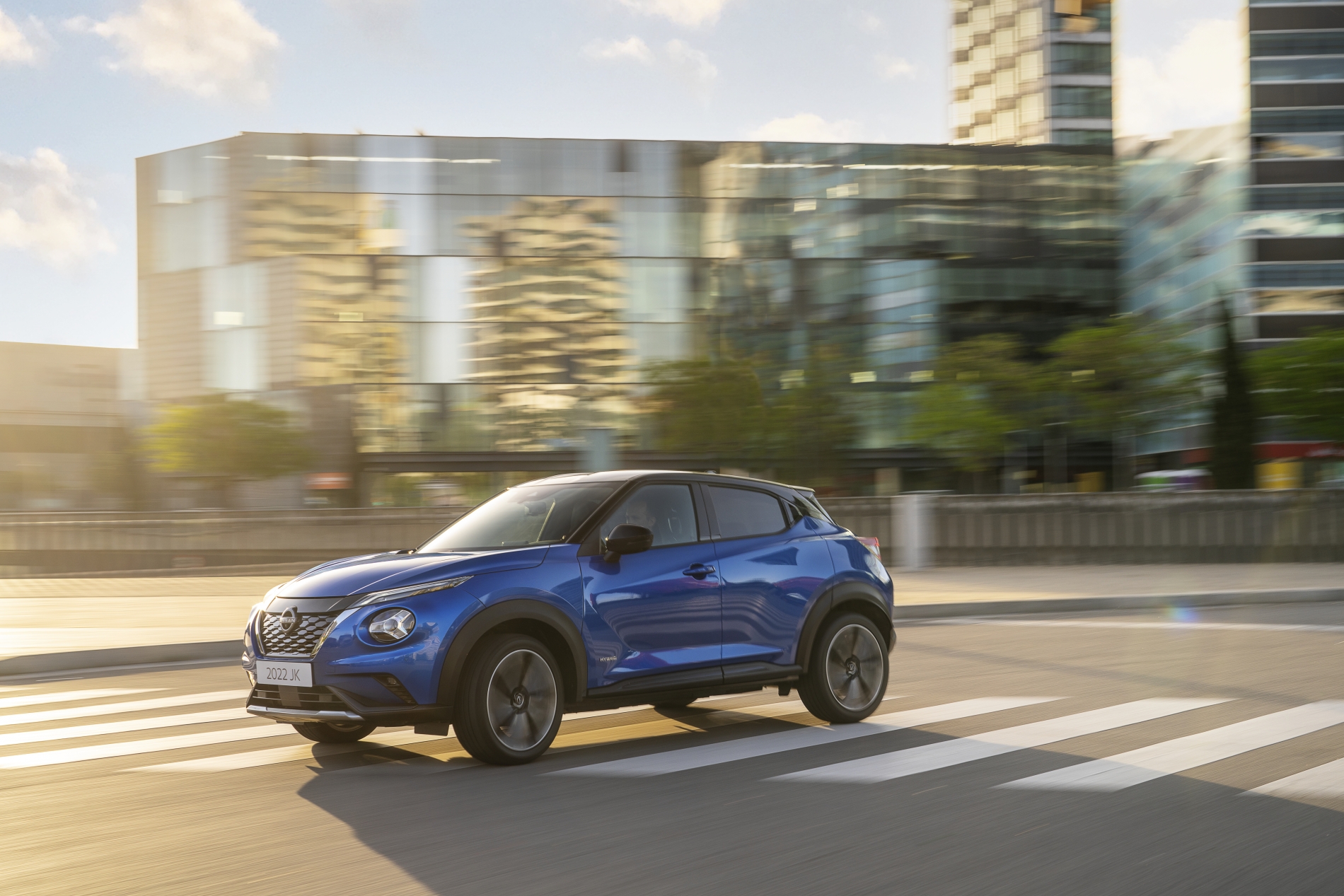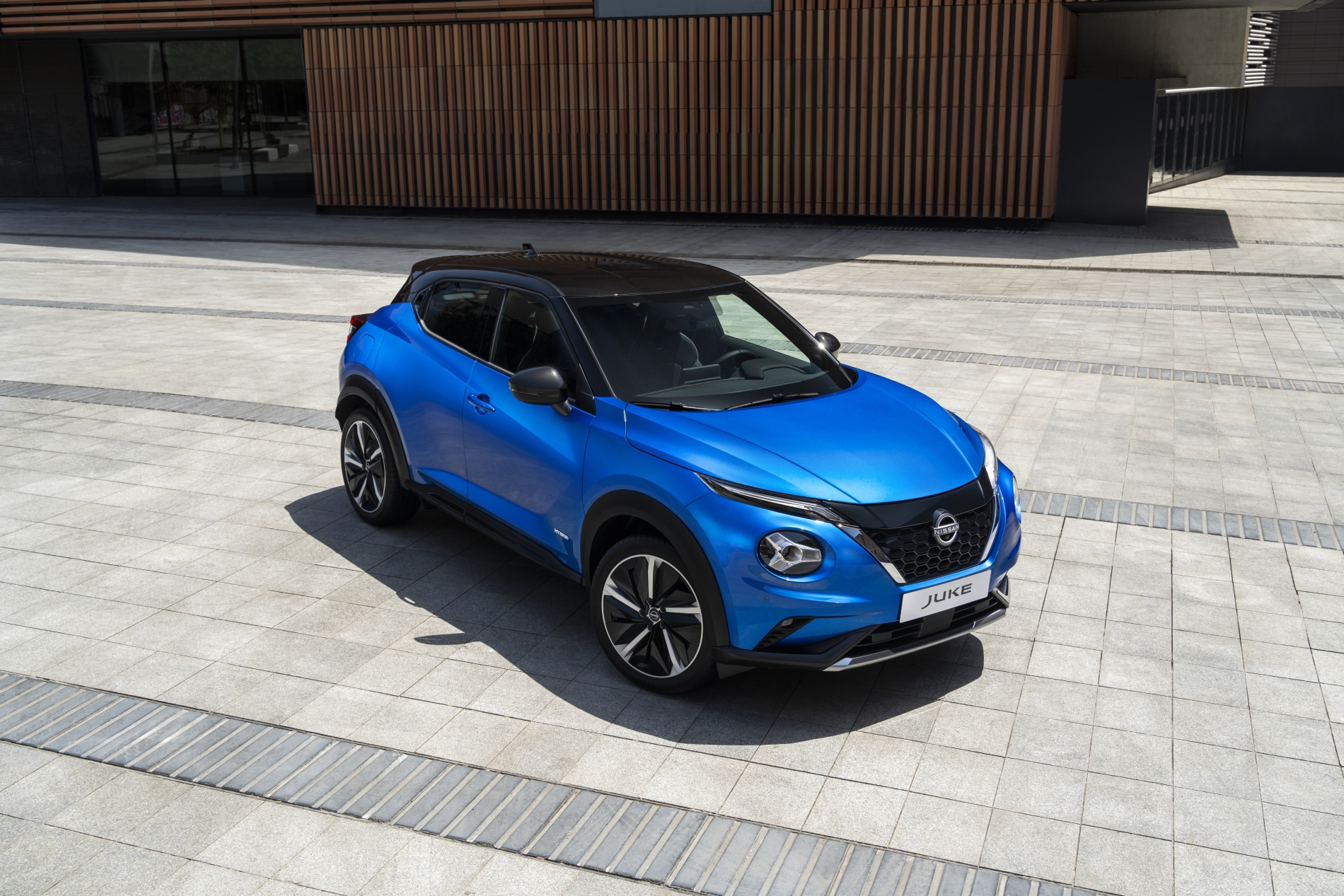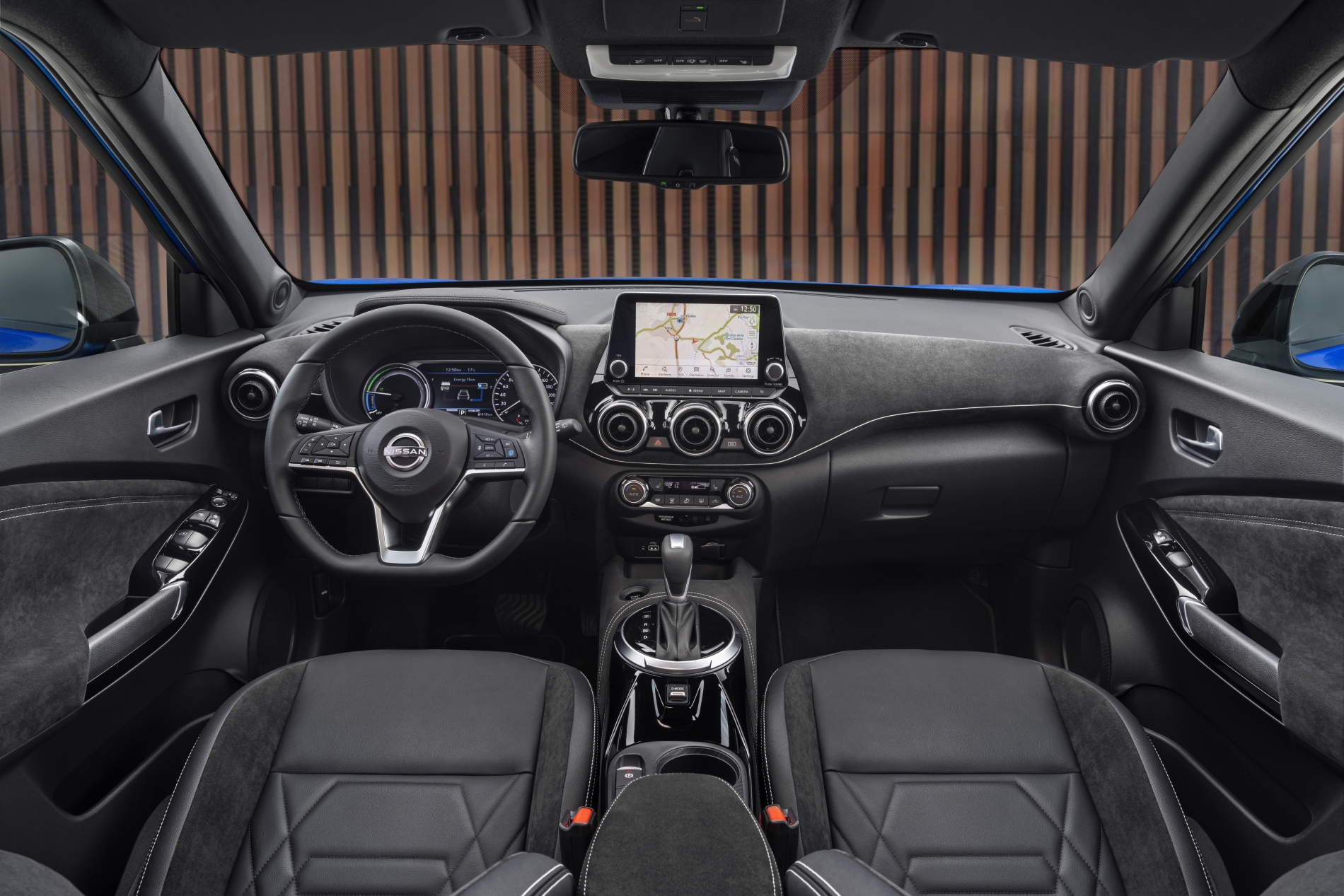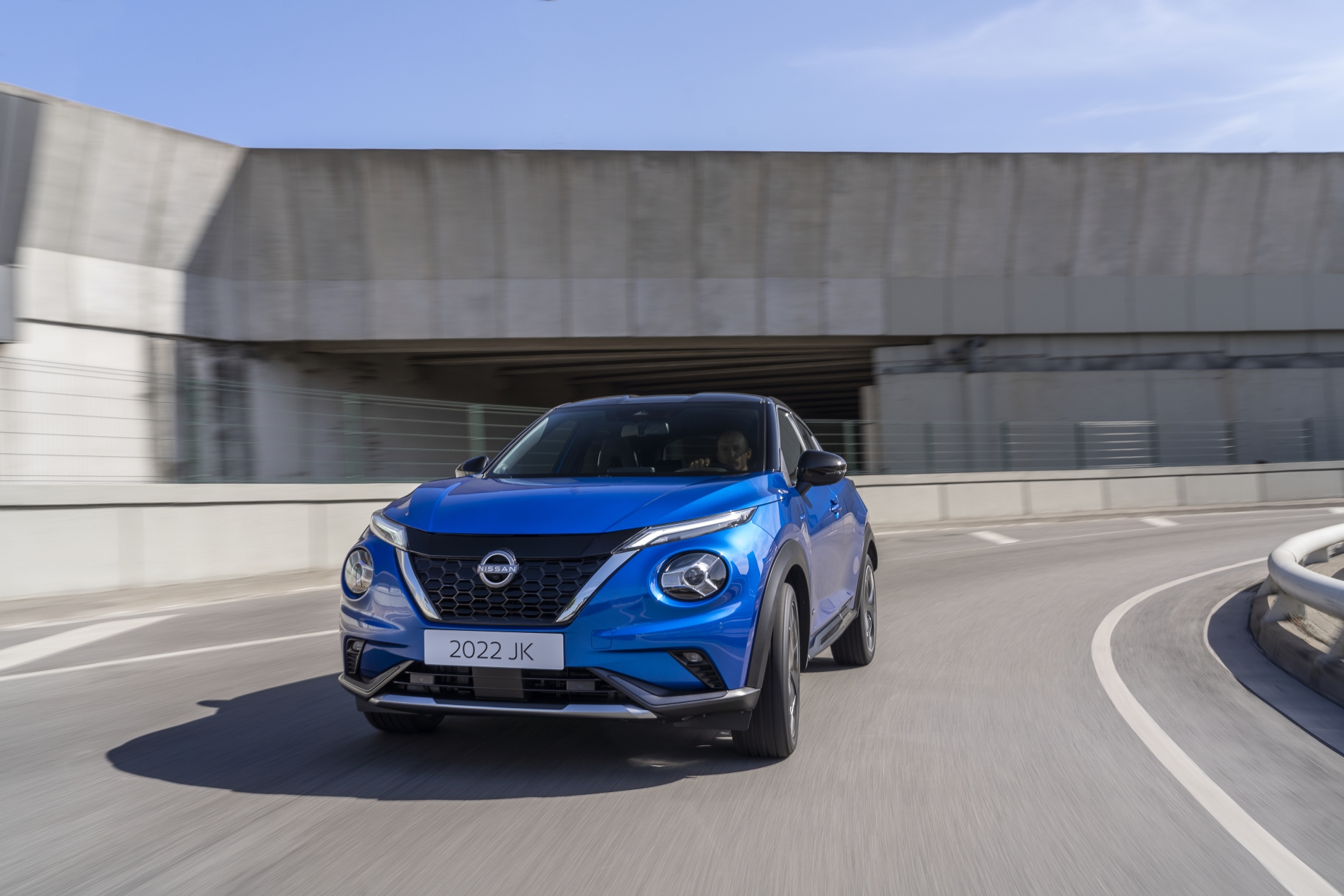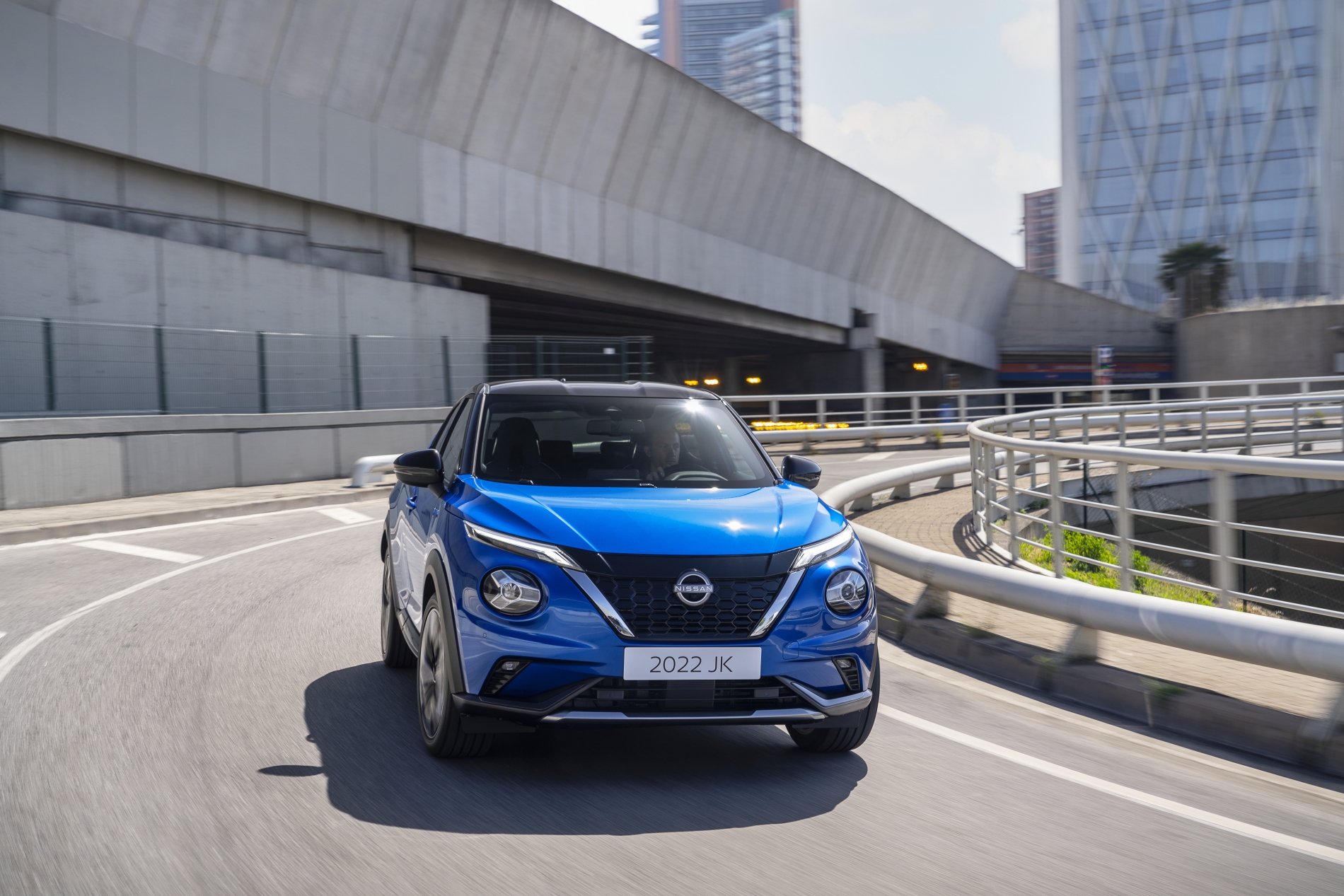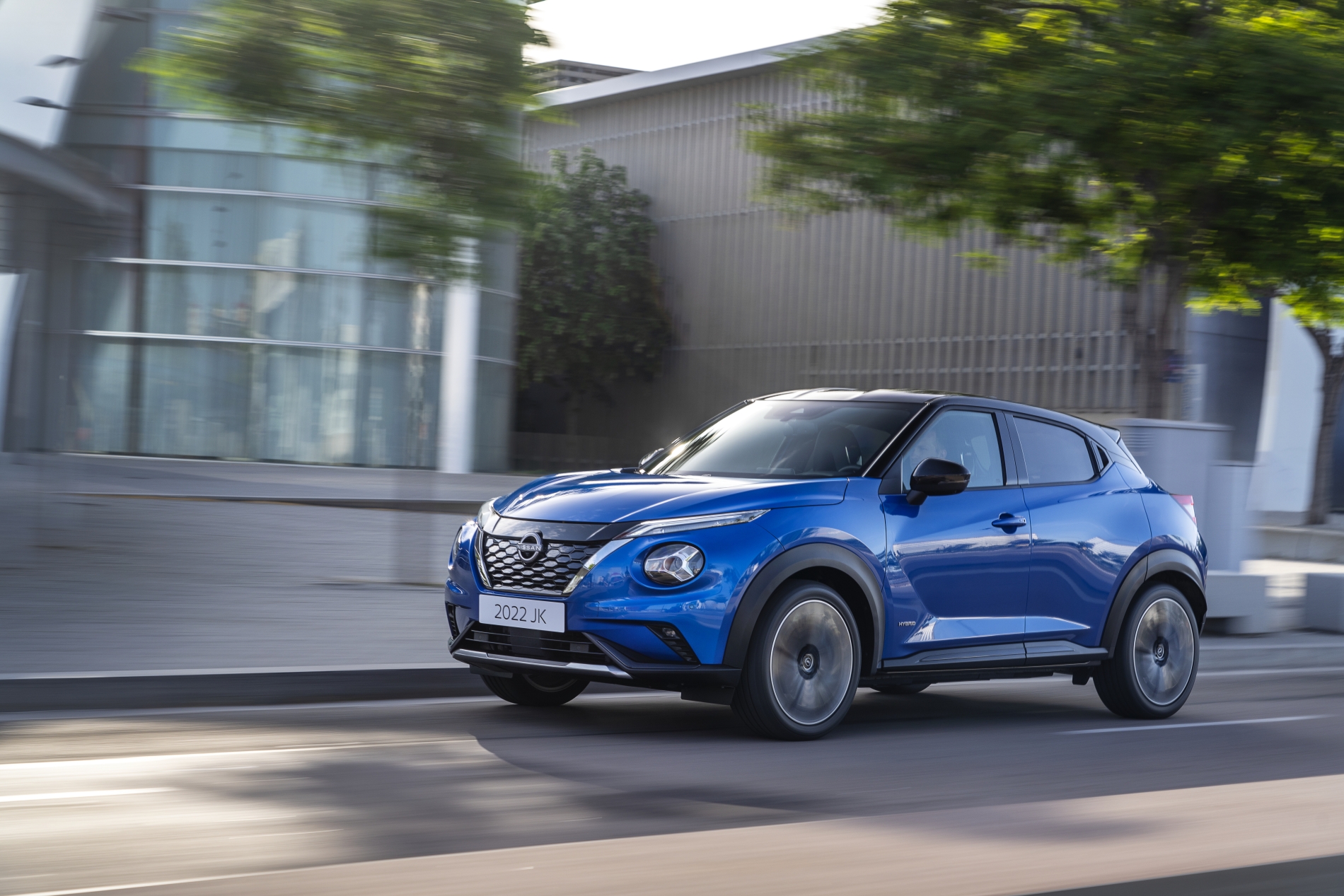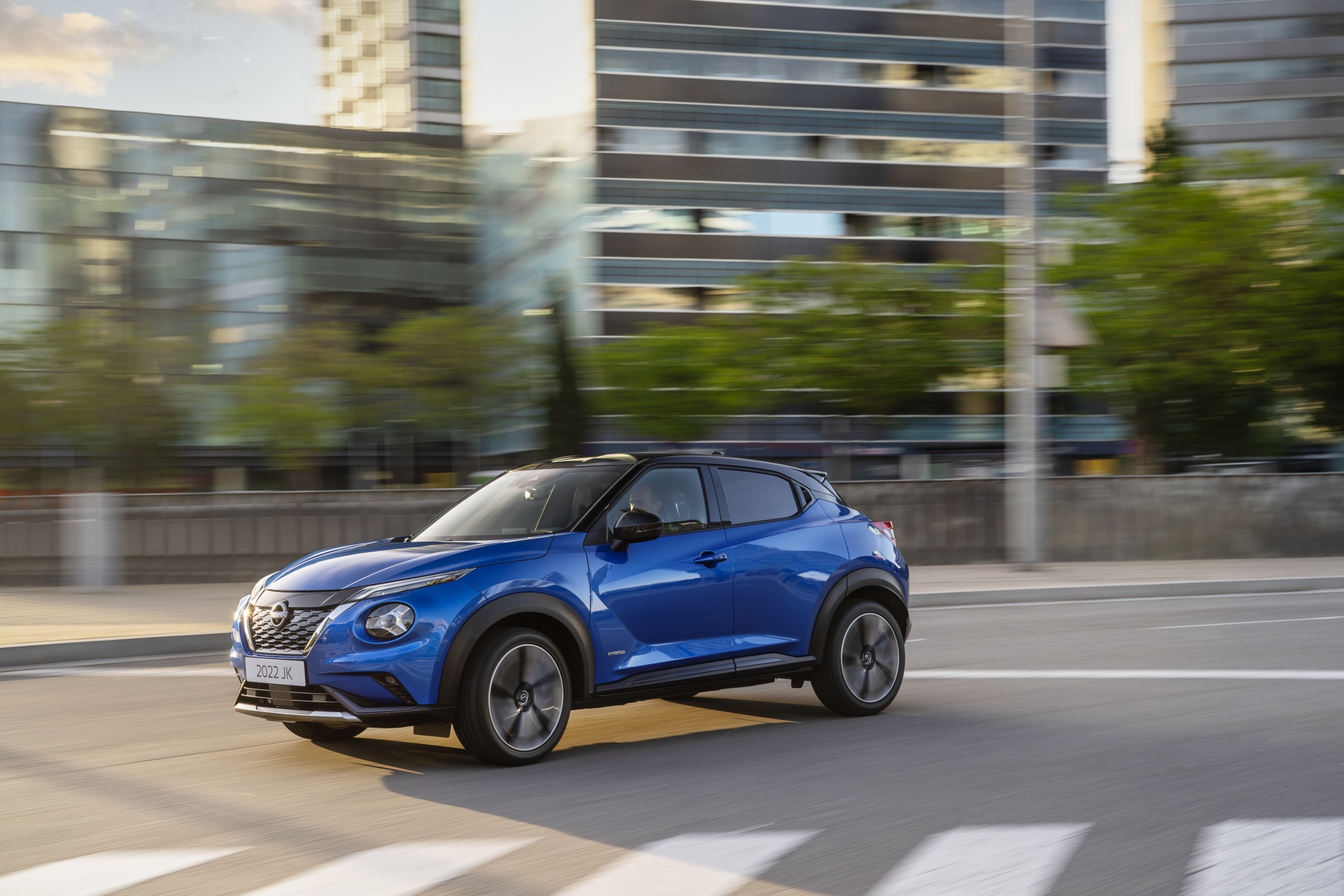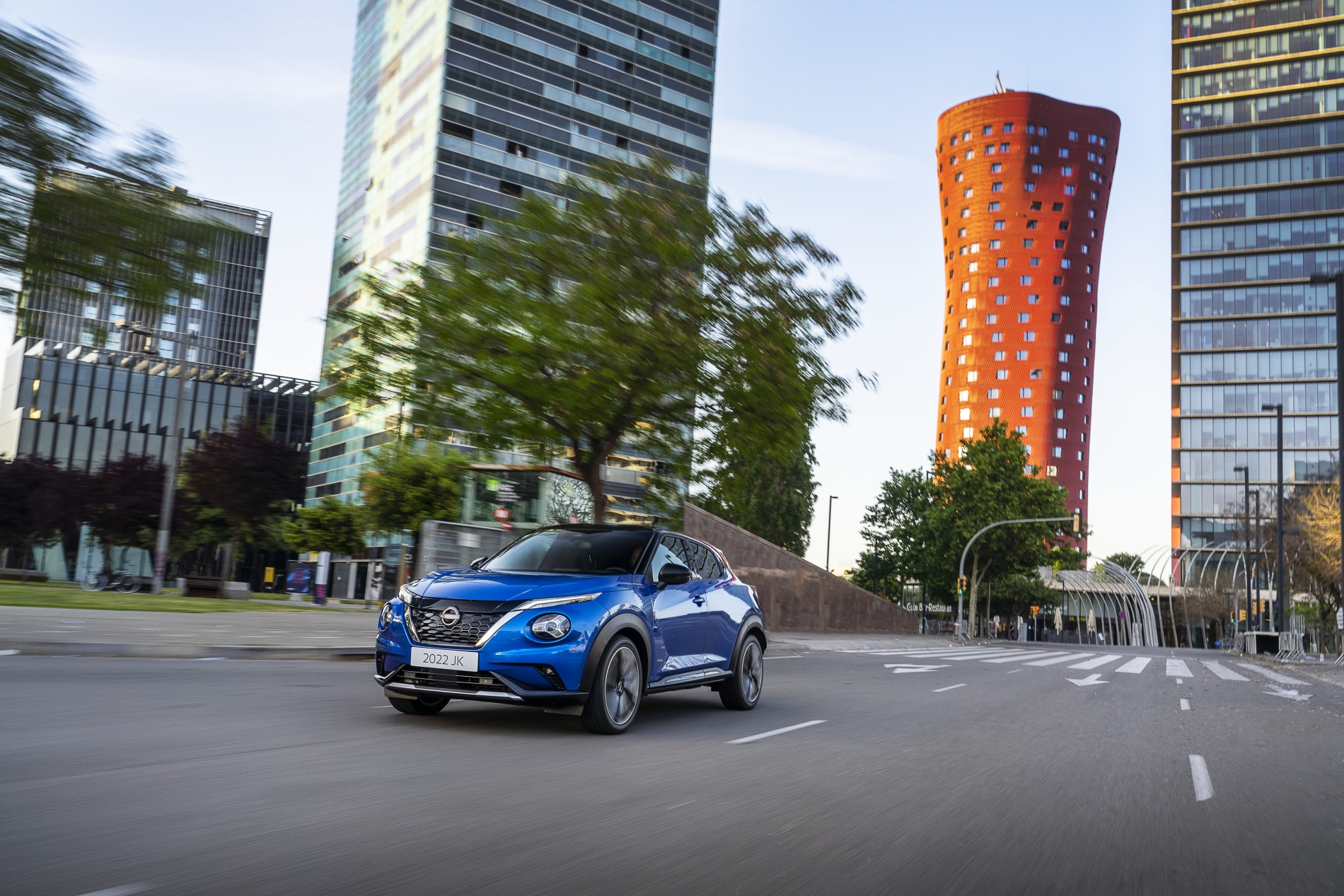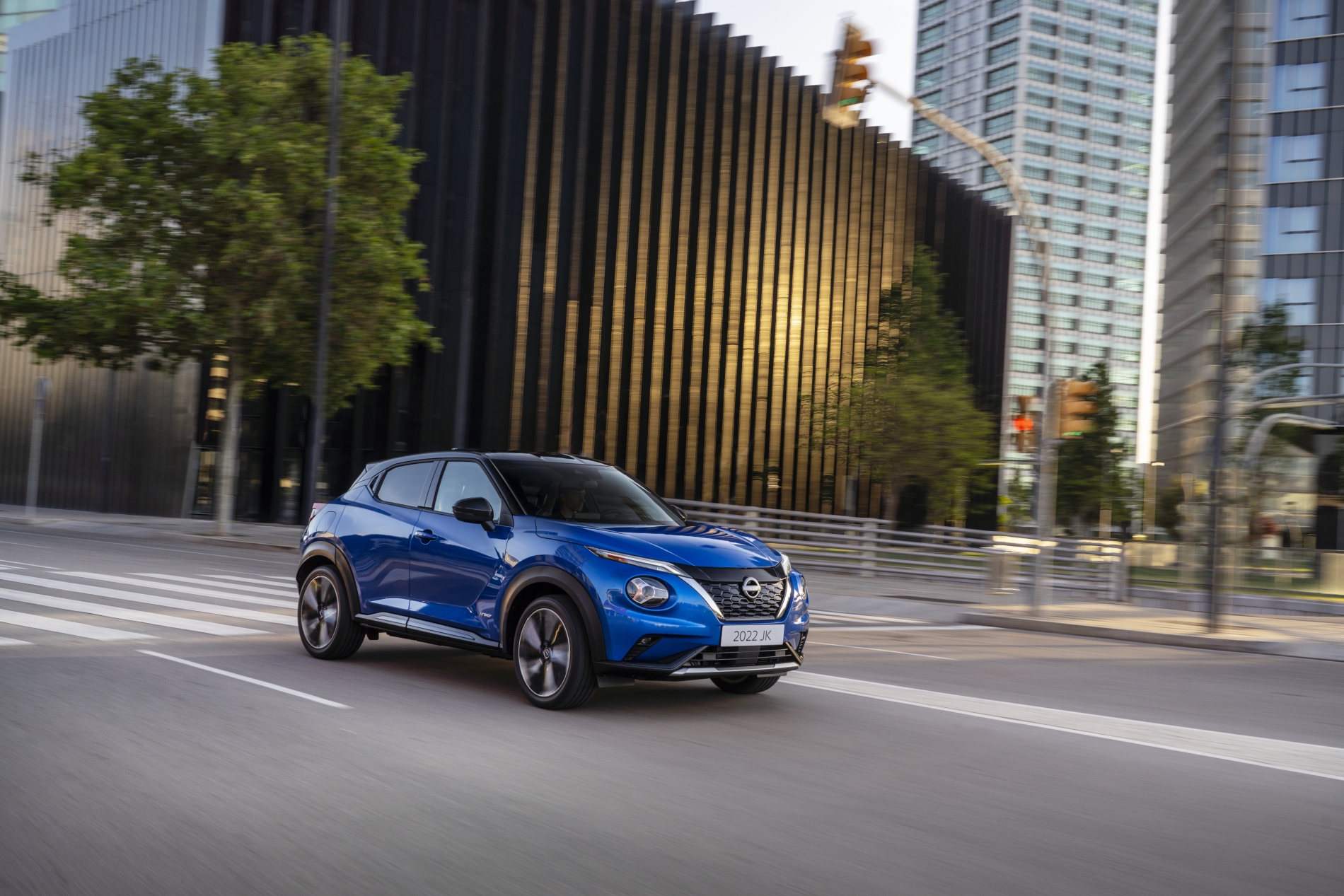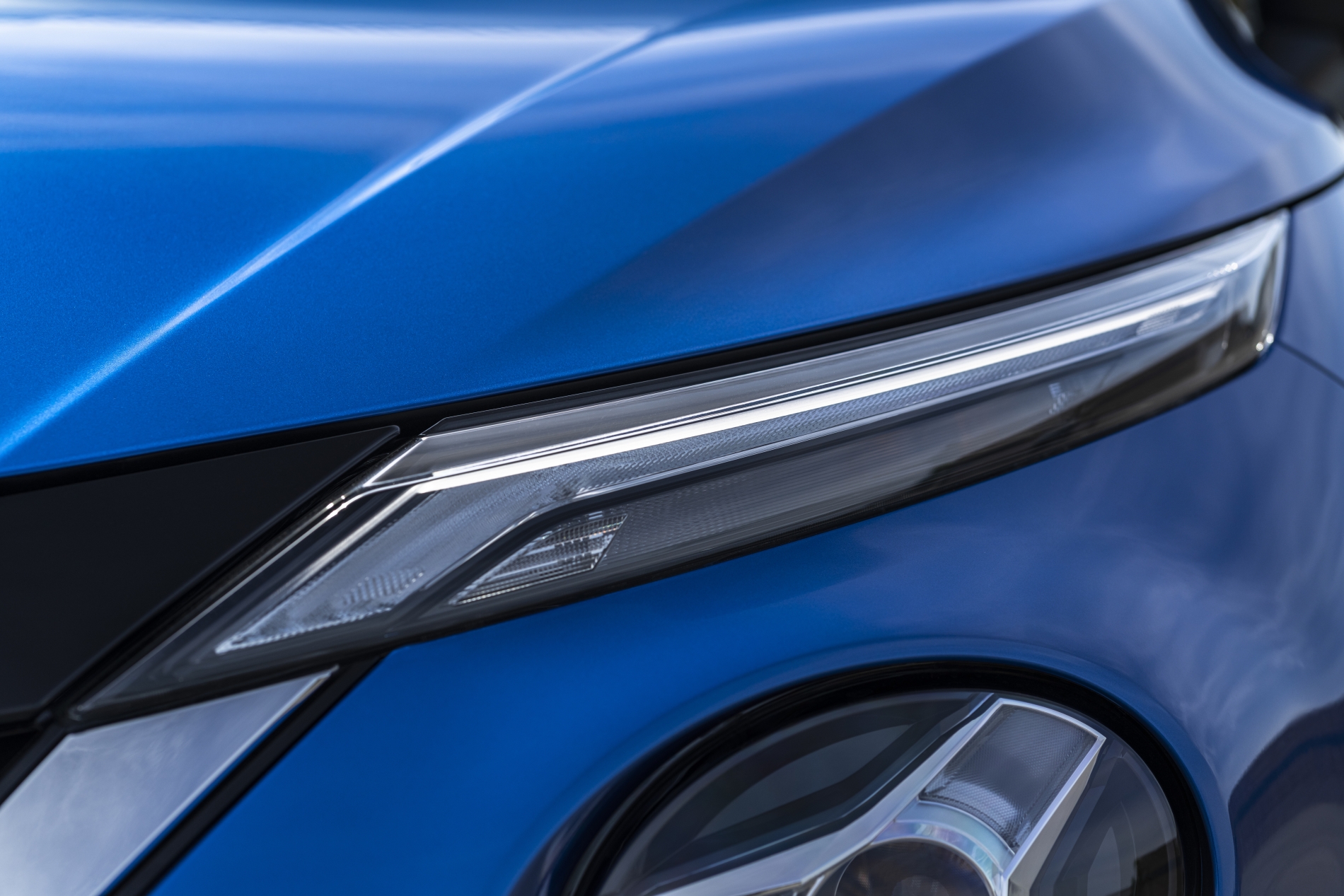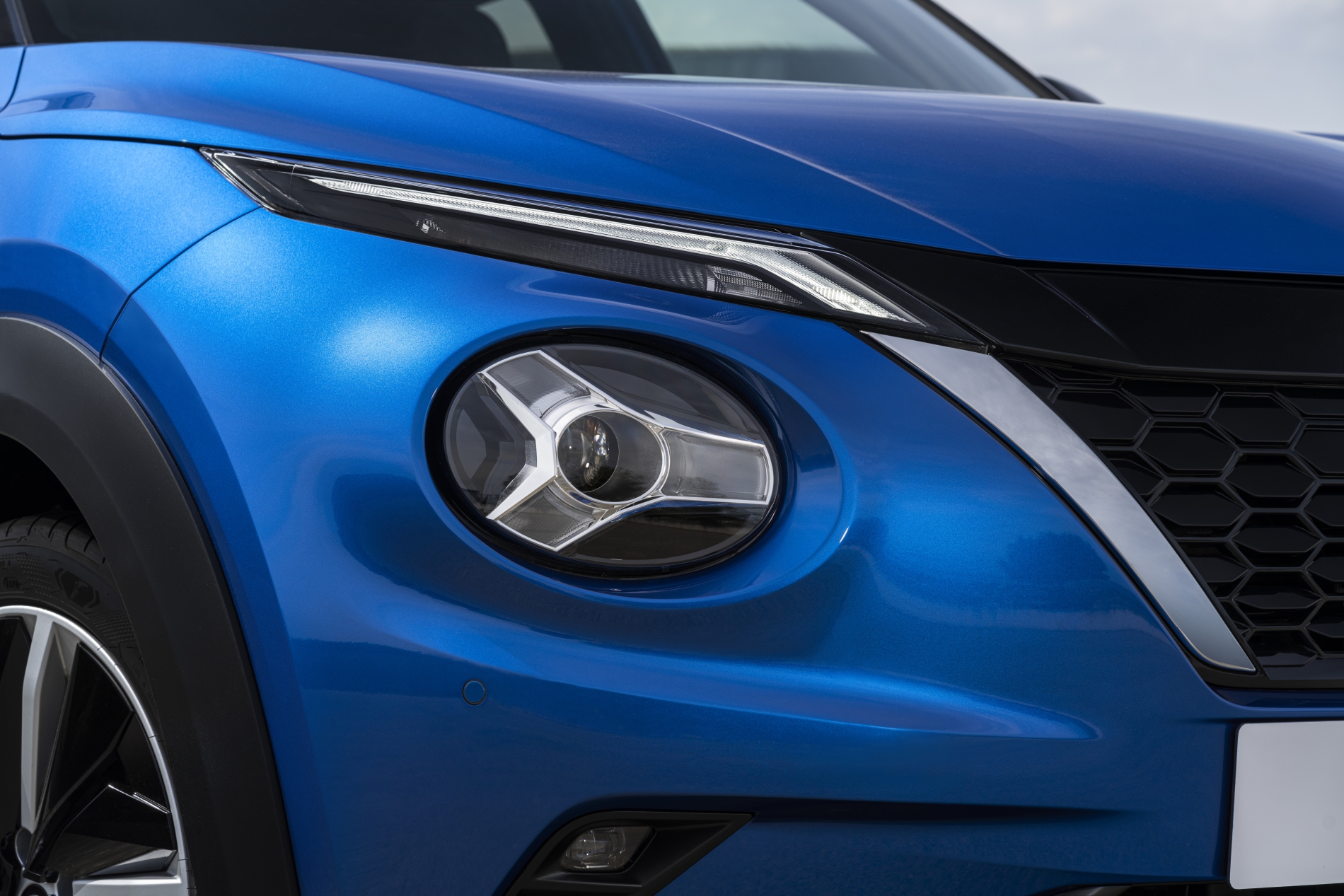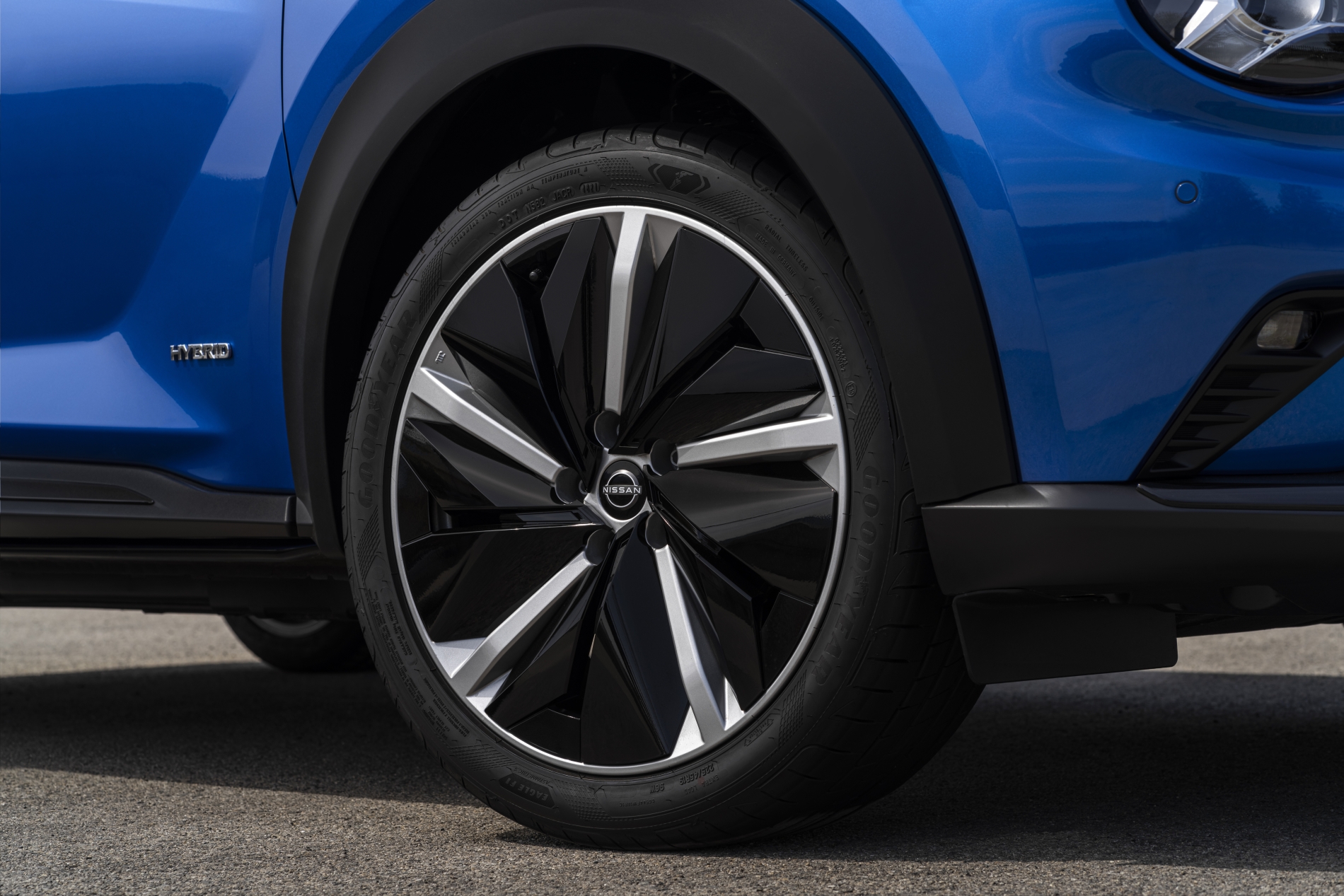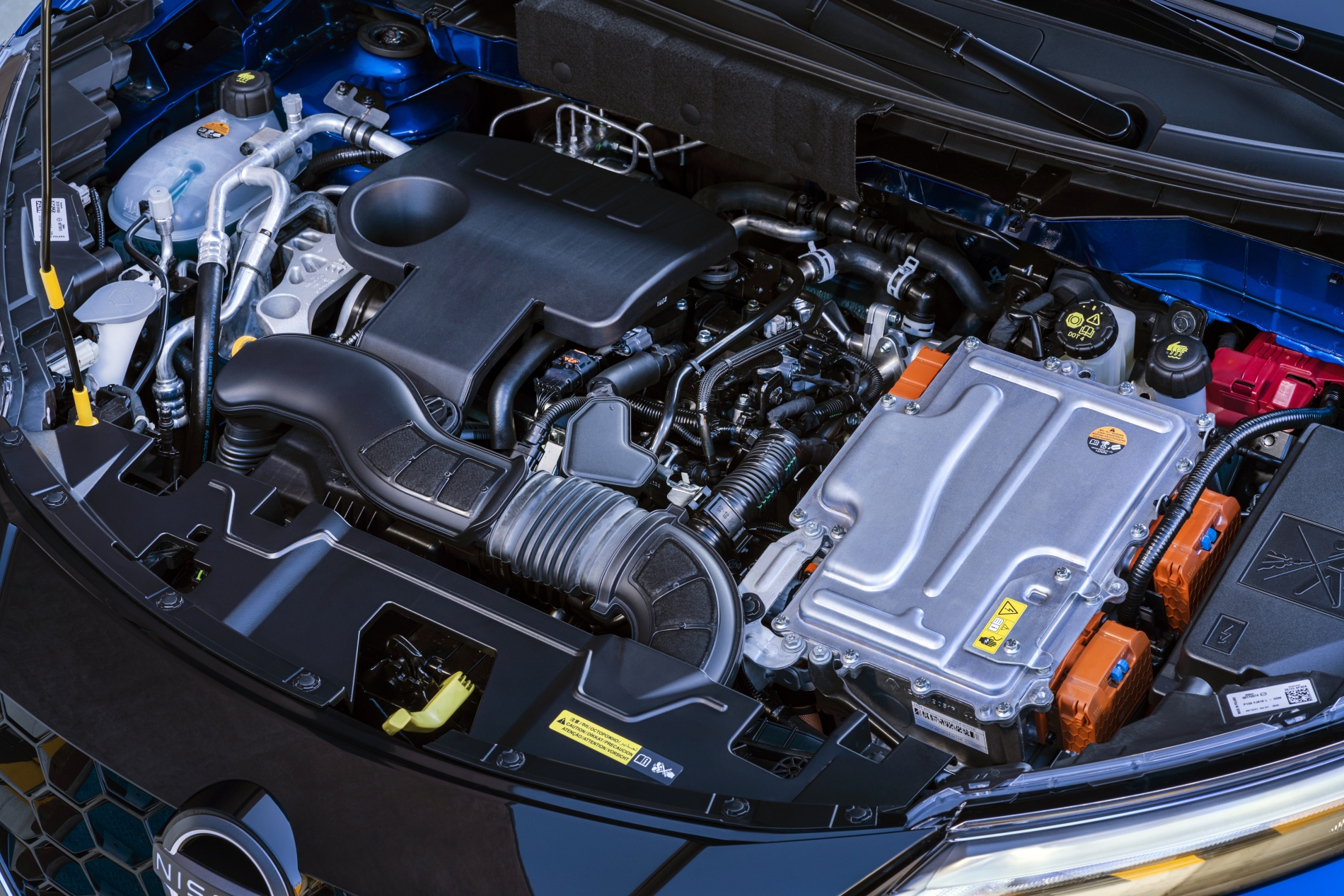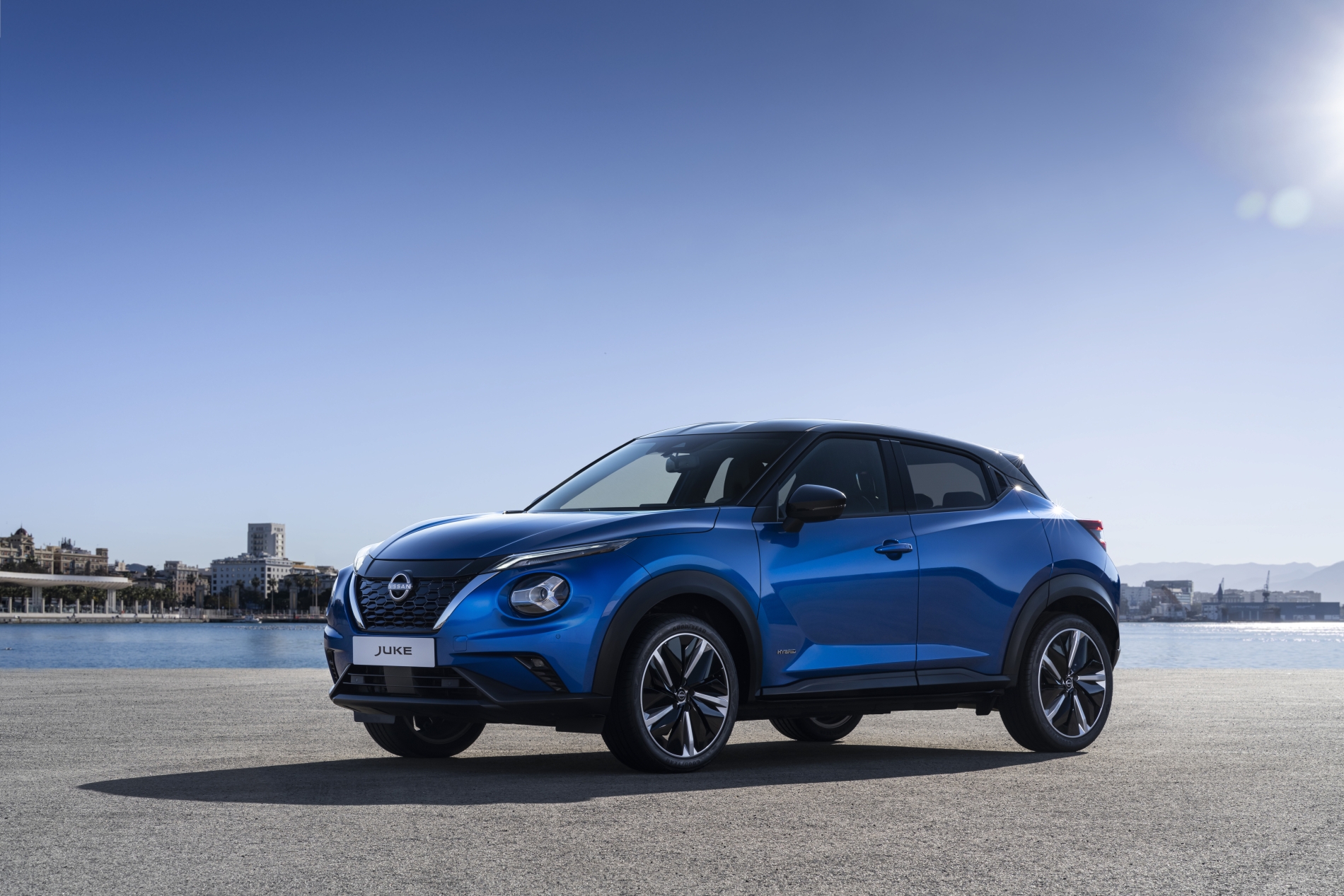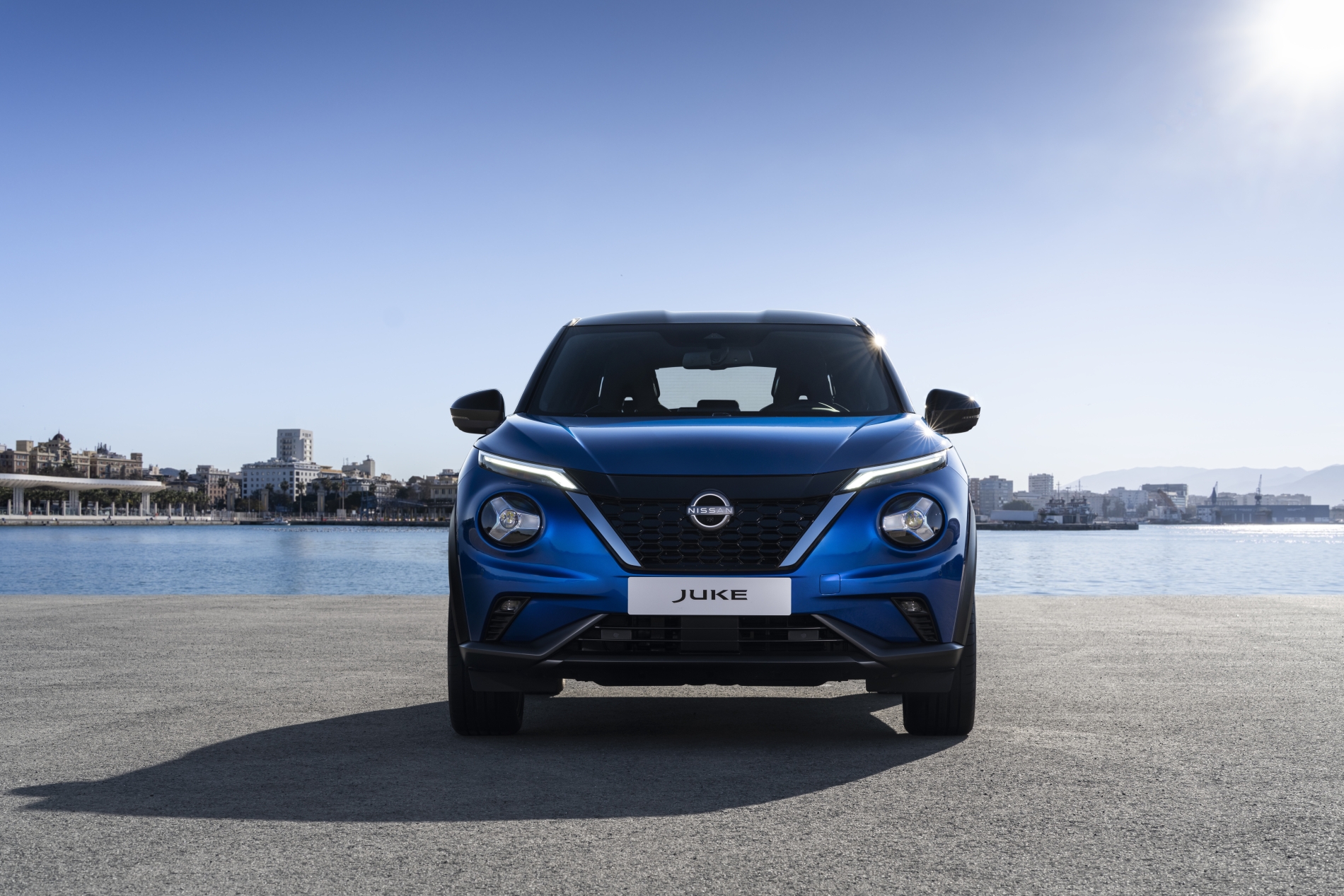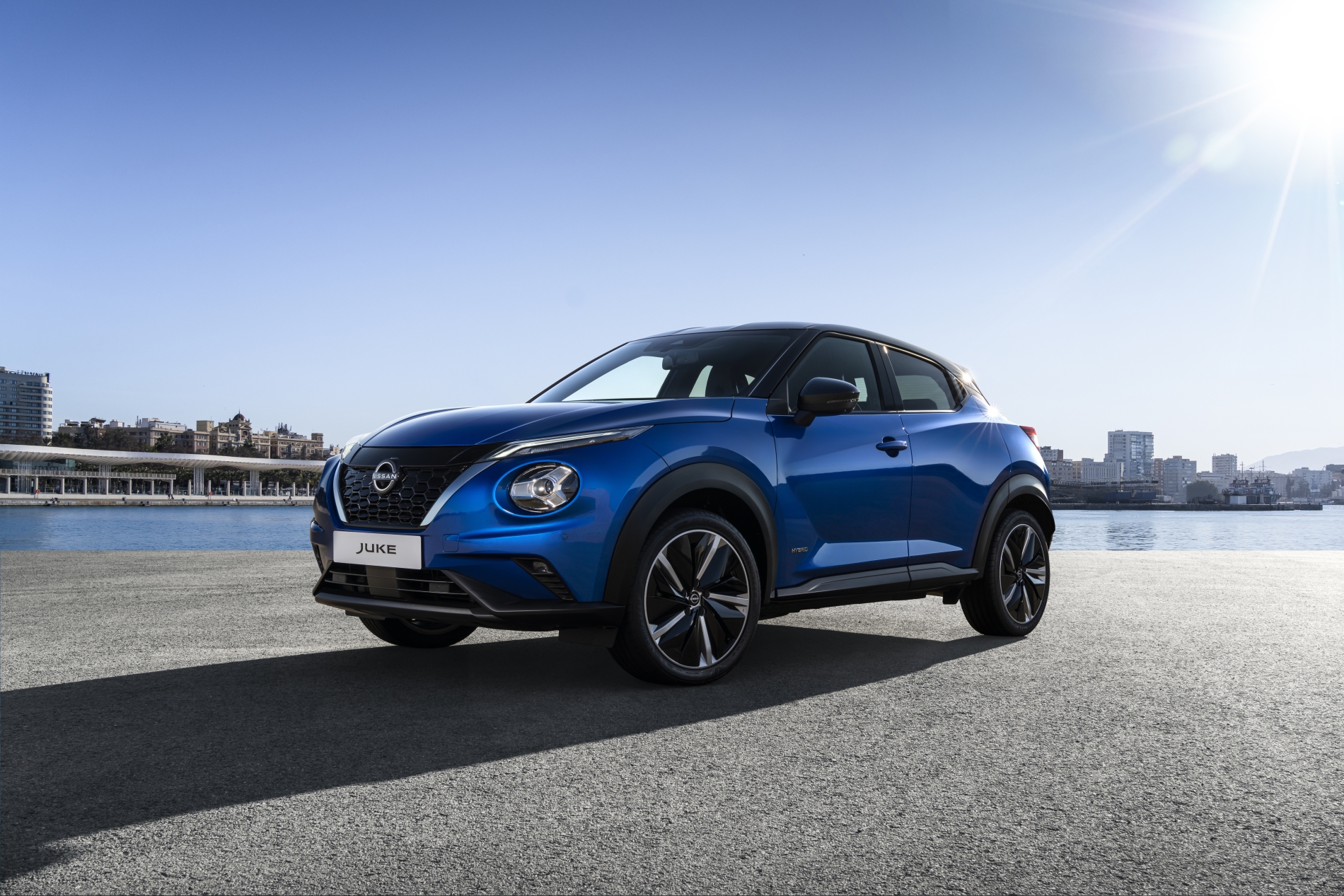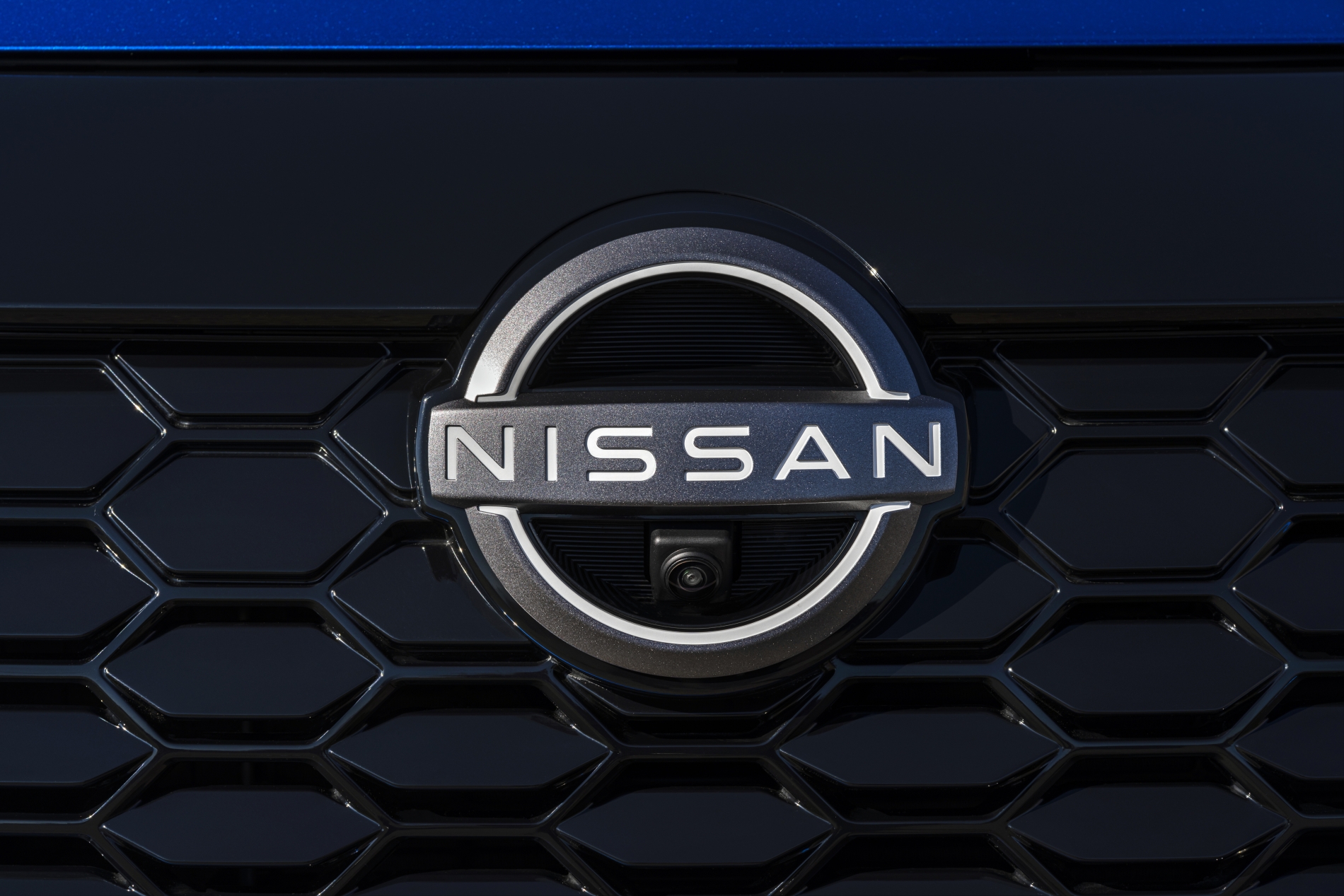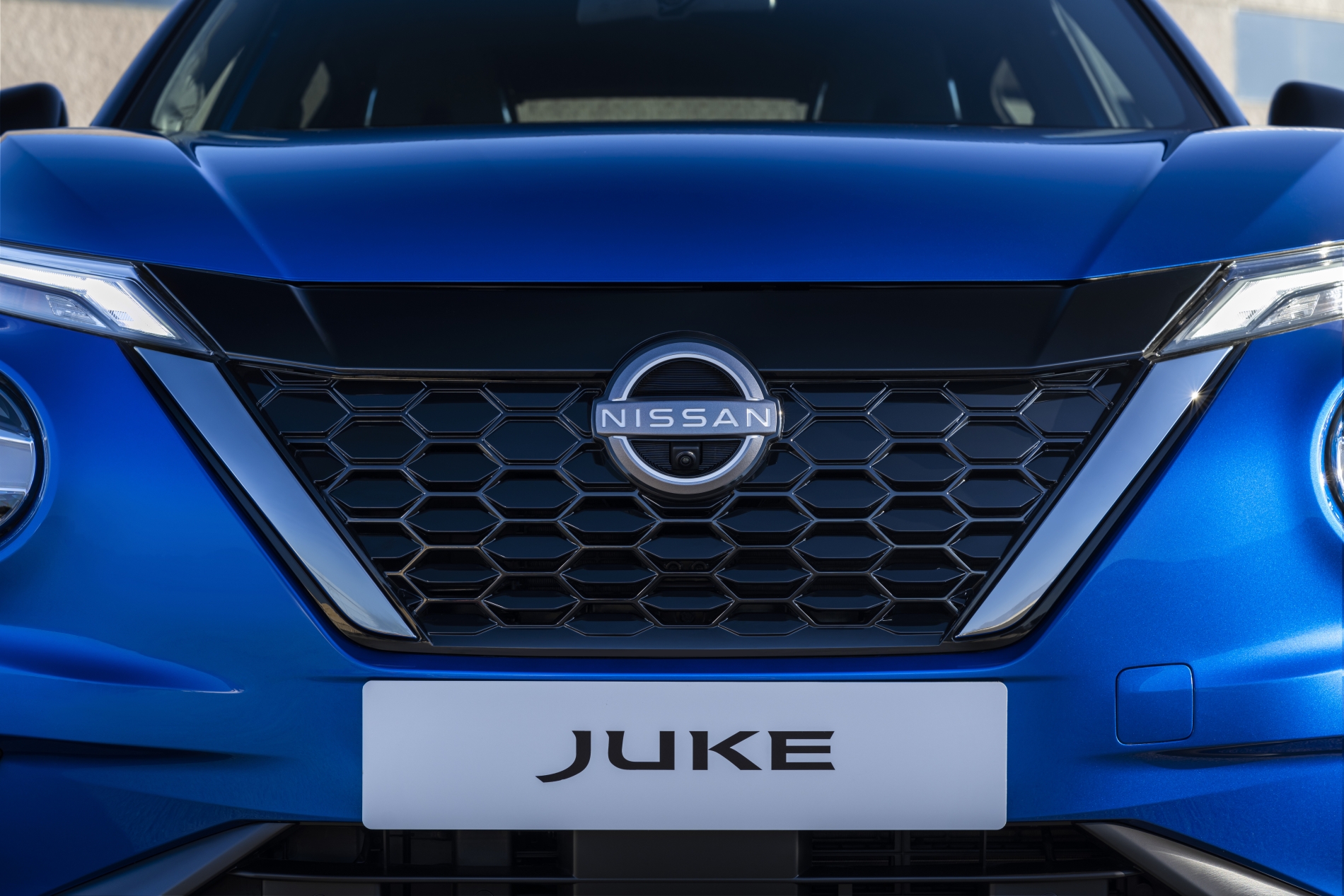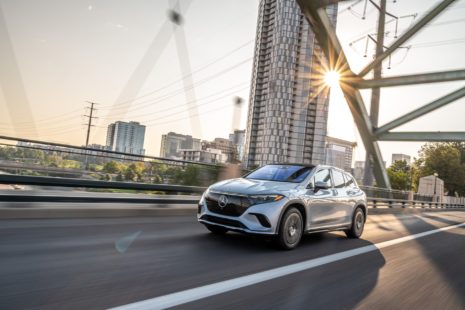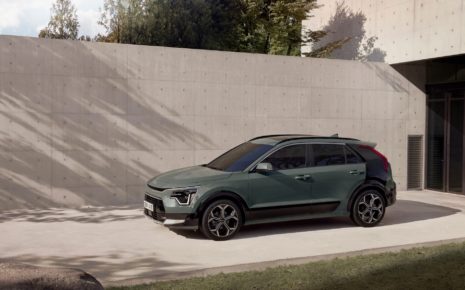Test drive - Nissan Juke Hybrid
The mere mention of the Nissan Juke will bring most car enthusiasts either a slight chuckle and/or a sense of anticipation for something extraordinary and/or strange. For the manufacturer, it is undoubtedly a pioneering model that has created a new segment of compact SUVs in the car industry. In some markets, the model became a real hit, following on from the success of the even more remarkable Qashqai 4 years earlier.
The Juke probably owes its birth to one of the car world’s most influential executives, Carlos Ghosn, who at the end of the last millennium tried to merge the two companies when he was at the helm of Renault. Tried because, as we all know, the Japanese later stuck a knife in Ghosn’s back, metaphorically speaking, and threw him out, not just of Nissan but of every other job the man had. When Ghosn first came into contact with Nissan, the state of the company was dire, to say the least – it was essentially facing bankruptcy and, as we say nowadays, it had to take radical action to ‘get its nose in the water’. The Qashqai proved to be a complete jackpot for Ghosn here – today, SUVs have become a global pandemic of serious proportions, with the first slight signs of a slowdown only now just beginning to be seen. Overall, the situation is still absolutely depressing, and everyone is making models like these, even Lamborghini and Ferrari. A whole series of manufacturers, including Nissan itself, have given up selling other types of vehicle altogether in several key markets.
Normally, it takes at least five years to develop a model, so the Juke probably didn’t enjoy its success before it was on the market, perhaps in the final stages of production. By then, however, the basic parameters and shape of the model had certainly been confirmed. At the launch, it was clear that this model was also creating a buzz, and how else – the Juke combined the ruggedness of a city SUV with a taller body and bold, unique styling, all in a compact supermini size.
Naturally, the other bad guys immediately counter-attacked and came out with competing models at the first opportunity. It’s easy to do when you have a clear target in mind. Moreover, the Juke was not without its drawbacks – the body style meant that the passenger and luggage compartments offered little space, the rear seats were cramped and dark, and the driving position was somewhat awkward and squat. The newcomers were roomier and more functional. However, the Juke also found customers by offering a small car (easier to manoeuvre in the city) and higher seating (better visibility).
Another aspect of the Juke that can’t be overlooked is its shape. It is said that beauty is in the eye of the beholder. This alone explains why it sells in some countries and not so much in others. In this case, the styling was simply as over the top as it could be, and in that sense it’s a miracle that this model didn’t end up like the latest Ford Scorpio or Fiat Multipla. Quite the opposite, in fact, as time went by, more powerful Nismo and Nismo RS versions appeared, and the Juke R and R 2.0 were essentially one-offs. If memory serves, the latter were commissioned by characters from somewhere in the Arab world, who didn’t mind coughing up over half a million euros to acquire a 3.8-litre twin-turbocharged version of the Nissan GT-R, which developed nearly 600 horsepower, accelerated to 60 km/h in 3.6 seconds and had a top speed of 260 km/h. It was also the first Nissan GT-R to be produced with a 3.8-litre twin-turbocharged engine.
| Length | 4210 mm | Total weight | 1810 kg | |
| Width | 1800 mm | Unladen mass | 1371 kg | |
| Height | 1593 mm | Load capacity | 376 kg | |
| Wheelbase | 2636 mm | Permissible mass of trailer with brakes | 1250 kg | |
| Luggage compartment capacity | 354 – 1305 litres | Mass of trailer without brakes | 643 kg | |
| Mass of the train | 3530 kg | |||
| Engine | 1598 cm³ | Max load on roof | 75 kg | |
| Engine power | 94 + 49 kW | |||
| Fuel | Petrol-electric | Gearbox | Automatic | |
| Fuel consumption | 5.1 l/100 km | Transport scheme | Front-wheel drive |
So, as Juke continues to have a fan club, a second generation of the model was released. With a few improvements, hoping for a brighter future, but still unmistakably Jukena. The new Juke offers a much roomier and more comfortable interior, with space for adult passengers even in the back seat, a larger boot accessible via a much larger hatch. It’s still intended to be driven mainly in urban spaces, so unlike many of its rivals, its overall dimensions haven’t swollen significantly. Only the wheelbase has increased the most, by 10 centimetres – this can be seen more in the wheels pushed into the corners.
The car’s styling was made less radical – the bulging nose with round headlights was retained, but the lights on the wings, which were annoying for taller drivers, disappeared. These were replaced by narrow strips running between the engine cover and the fender flares. In the case of the Juke, the LED lights allowed the familiar style of the nose to be retained, but made it much more tolerable. The sloping roofline and the rear door handles embedded in the pillars would seem to suggest a sporty soul, but the 114 hp for the petrol version and the 143 hp for the hybrid version, as seen in the technical table, say the opposite. The rear end, on the other hand, actually turns out surprisingly well. It feels a bit stuffy, but the different lines and shapes harmonise nicely and the overall impression is quite sympathetic. So, if one of the aims of the new Juke was to retain the spirit of the old model, that’s been nicely achieved.
The Juke’s dashboard looks quite modern and stylish for such a small vehicle. In the middle of it is the now obligatory touchscreen with a few physical buttons, the logical placement of which is not questionable.
The driving position is generally comfortable, but visibility to the rear isn’t so good, as the rear window isn’t very big. Up front, on the other hand, you can see practically everything, thanks to the high seating position and relatively thin pillars. Overall, the choice of finish materials is satisfying and the overall style is as good as expected. Buyers are offered the possibility to choose from a variety of colour combinations to find the most suitable solution.
The Juke’s bonnet is very similar to the Micra and Renault Clio. The only internal combustion engine on offer is a three-cylinder supercharged petrol engine, and only the front wheels are driven. Of course, there’s no getting away from electrification – a hybrid version is now on offer, combining the options of a 1.6-litre four-cylinder petrol and a 48bhp electric motor, which together produce up to 143bhp. The hybrid version offers 25% more power than the standard version and 20% better fuel economy. Incidentally, the transmission uses a dogbox incorporating the F1 technology familiar from recent Renault hybrid models.
The driving experience with the hybrid was quite smooth. The vehicle starts in electric mode, which allows for quite brisk acceleration. The petrol engine kicks in when the vehicle exceeds about 40 km/h or when the batteries run out of power, which happens after a few kilometres. Suspension and steering are certainly not the best in the segment, and body roll is noticeable in faster corners. But for the urban driving for which the Juke is intended, there’s little to complain about.
The model comes with a range of active and passive safety features on board, which enabled it to achieve a five-star result in EuroNCAP tests. As the list of available gadgets varies considerably between equipment levels, but there are five: Visla, Acenta, N-Connecta, Tekna and N-Design, there is no point going into details here. The best way to get an overview of them is either to ask a trained salesman or to browse dealers’ websites.
All in all, the new Juke may have lost a little of its revolutionary edge, but on the other hand it has become more practical and usable. We’ll see how this market goes.



